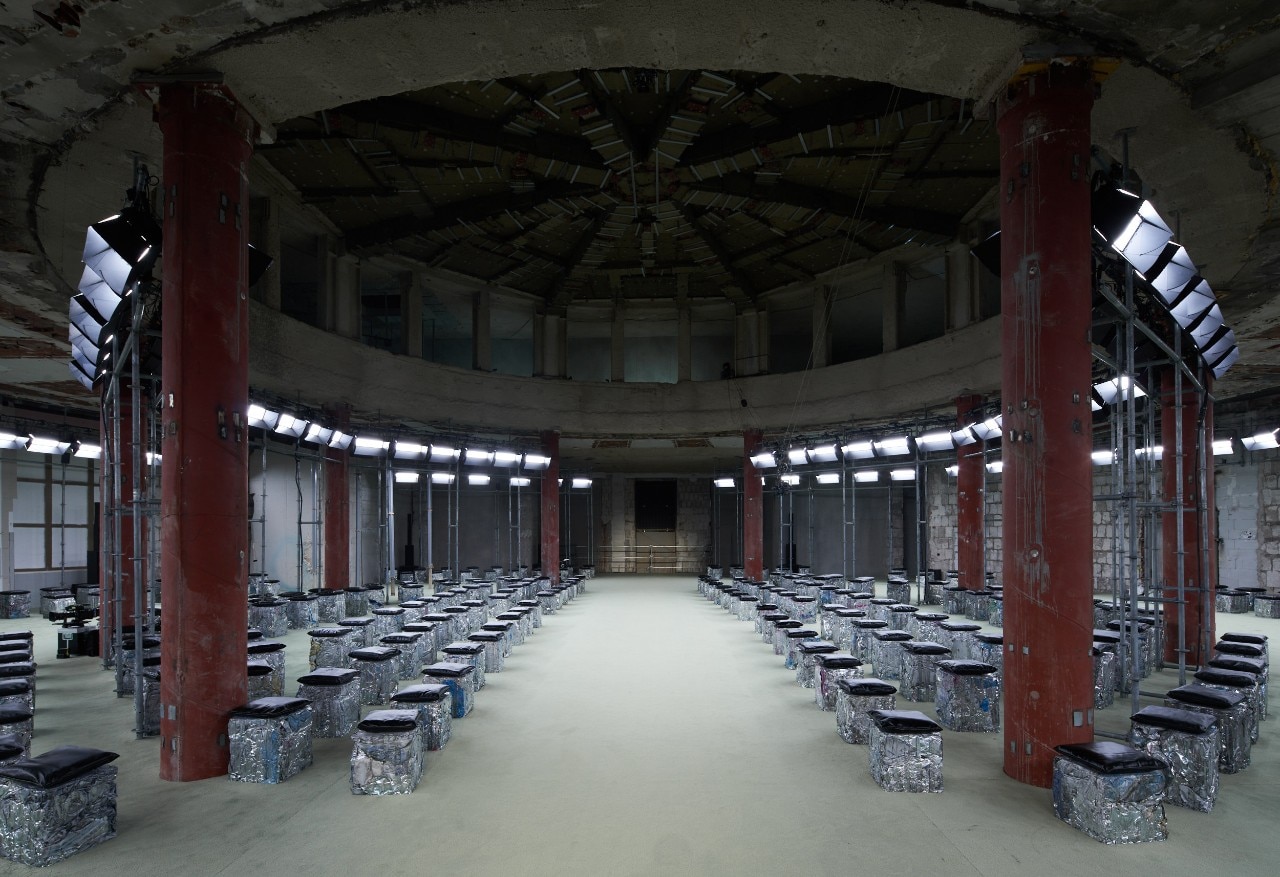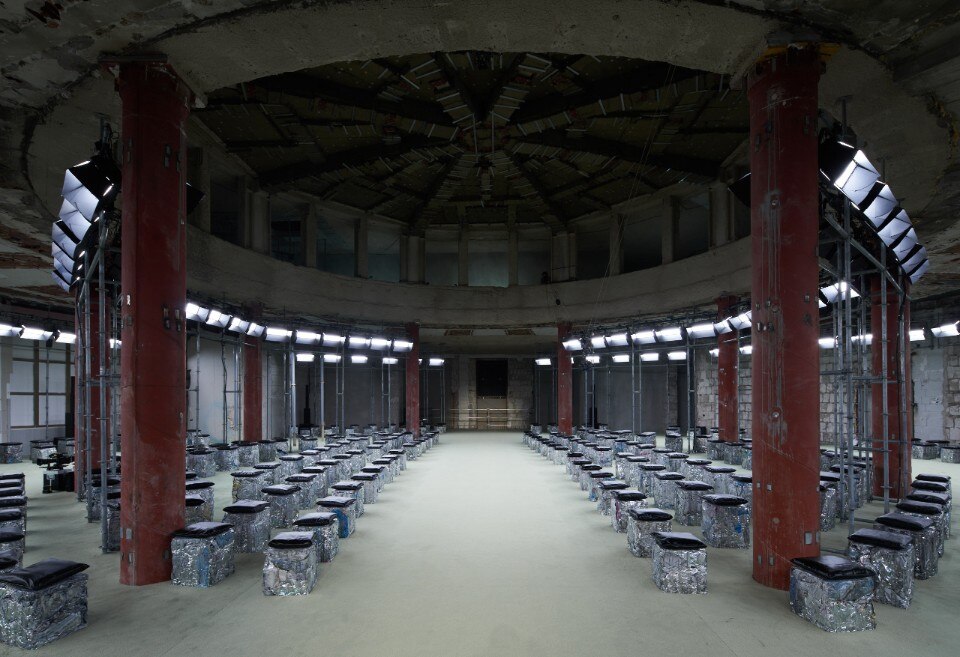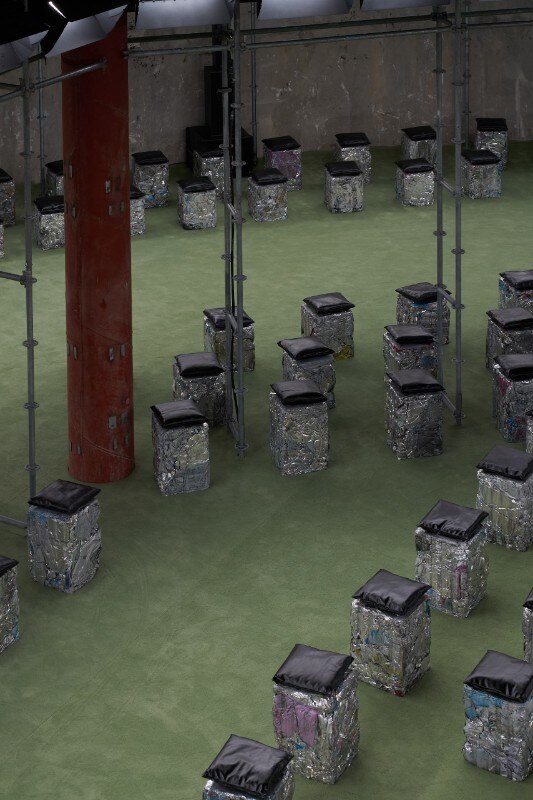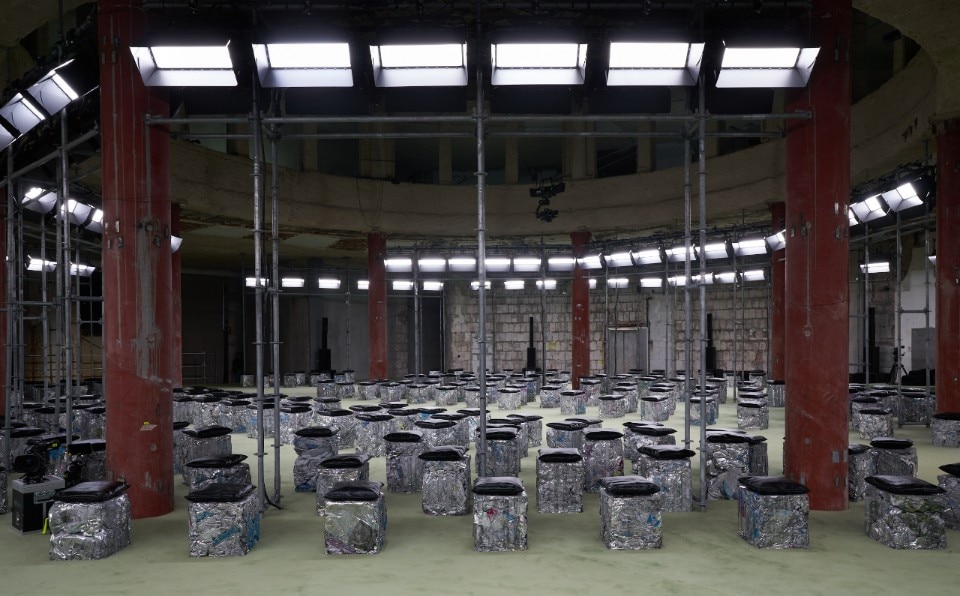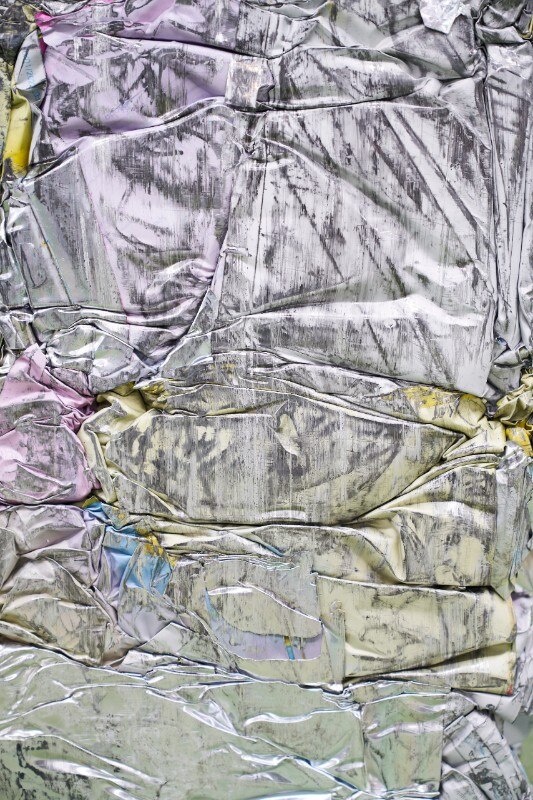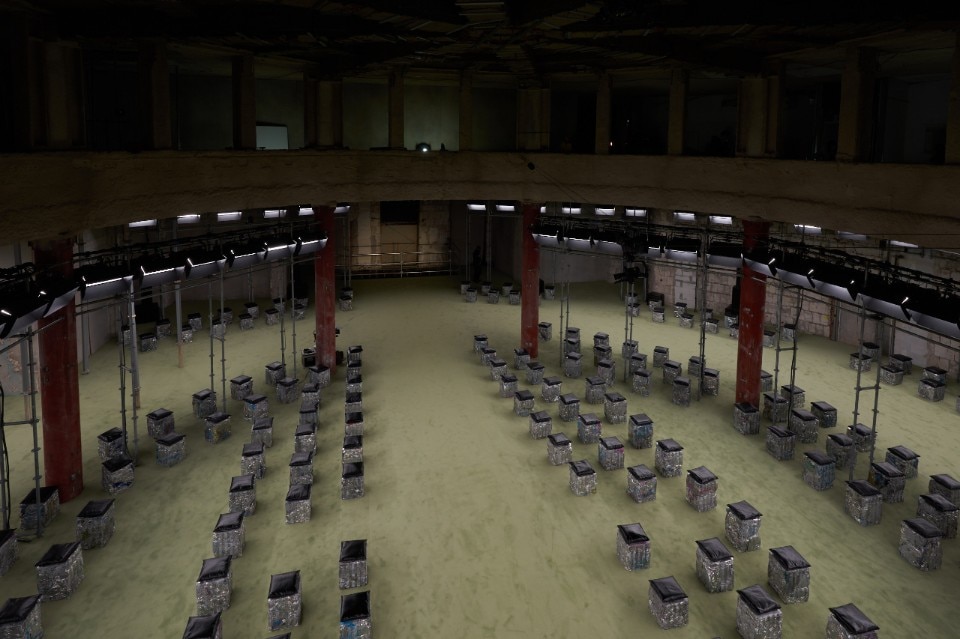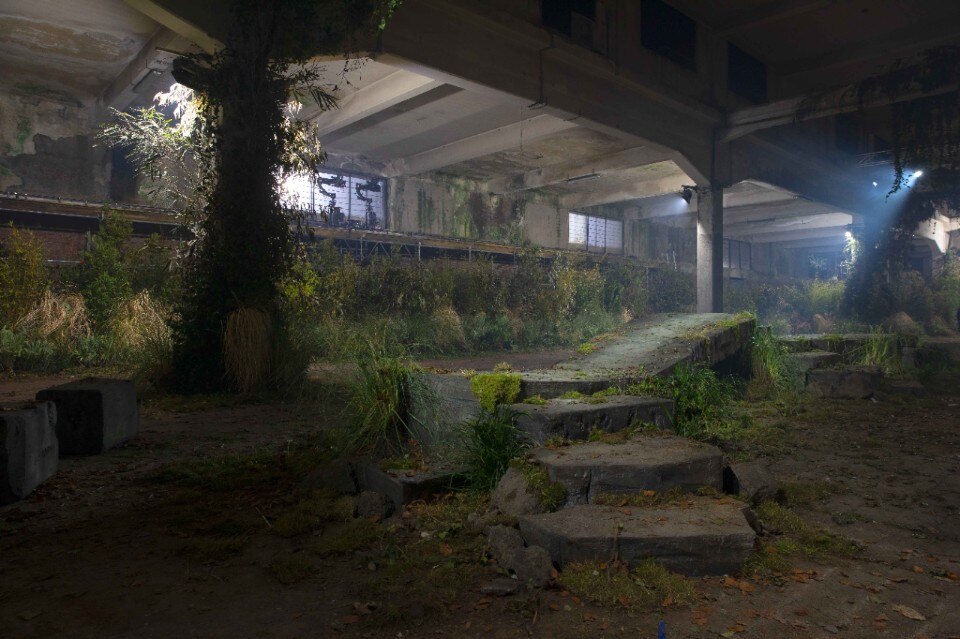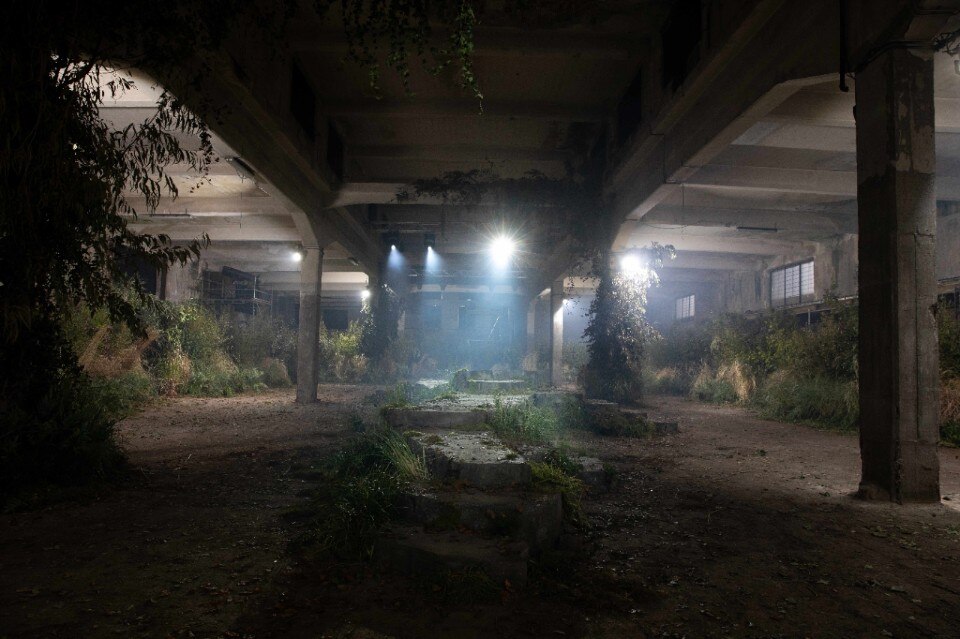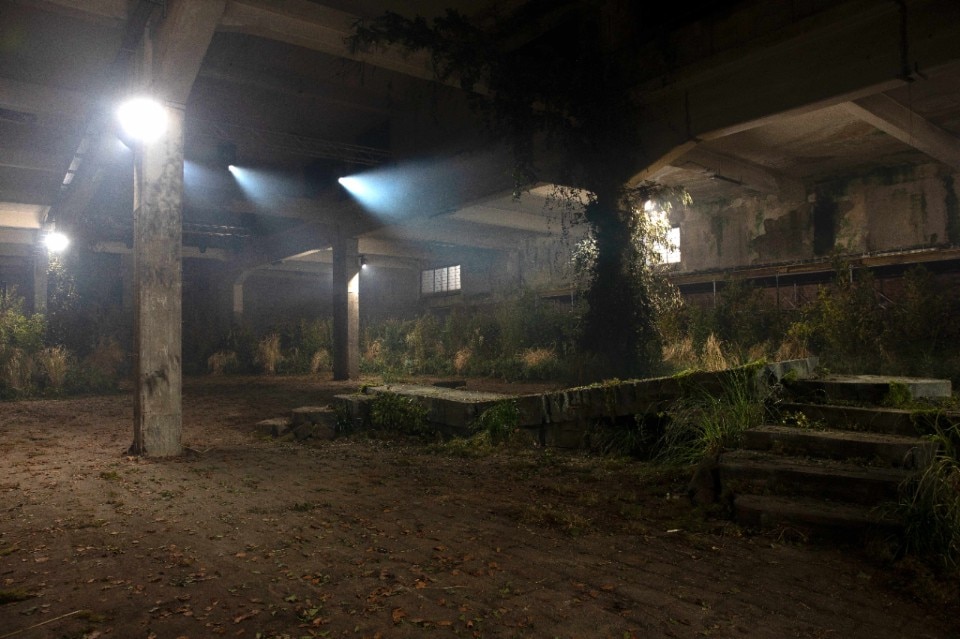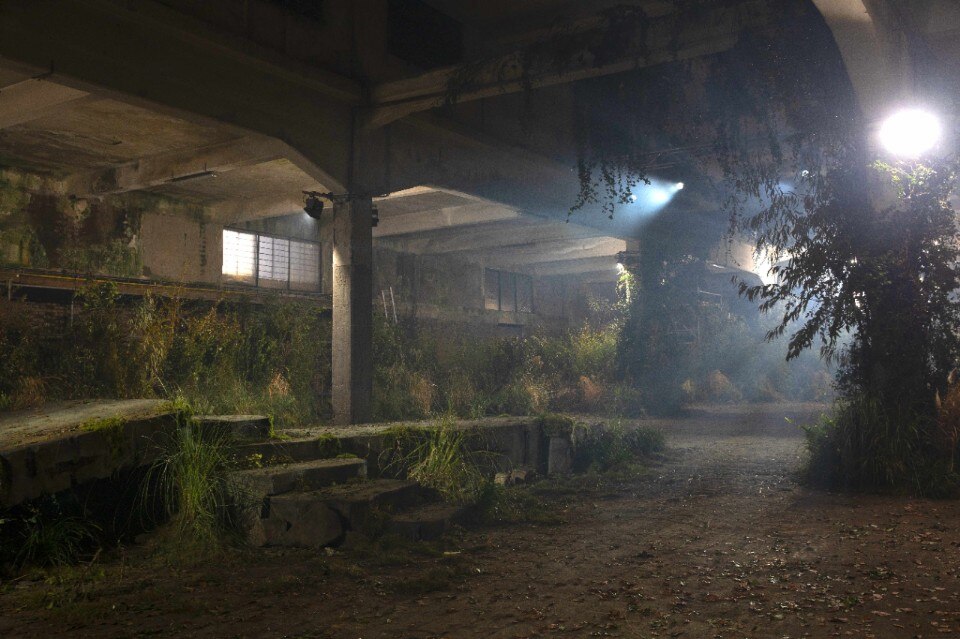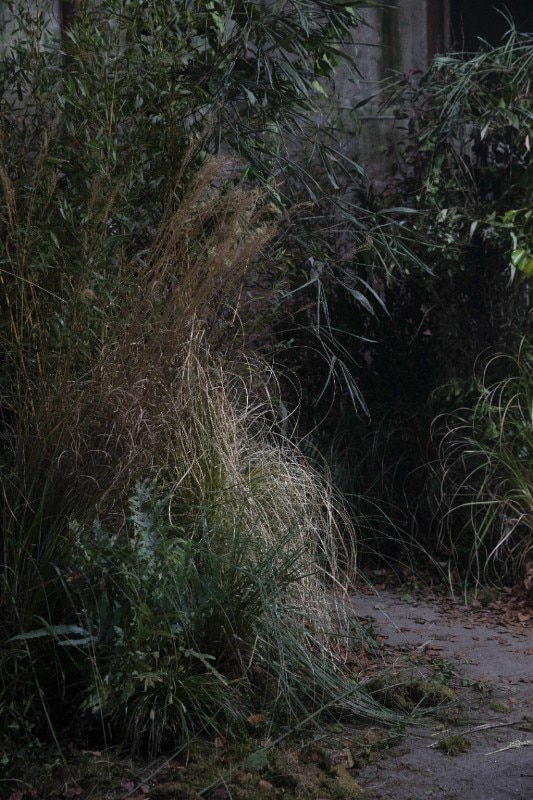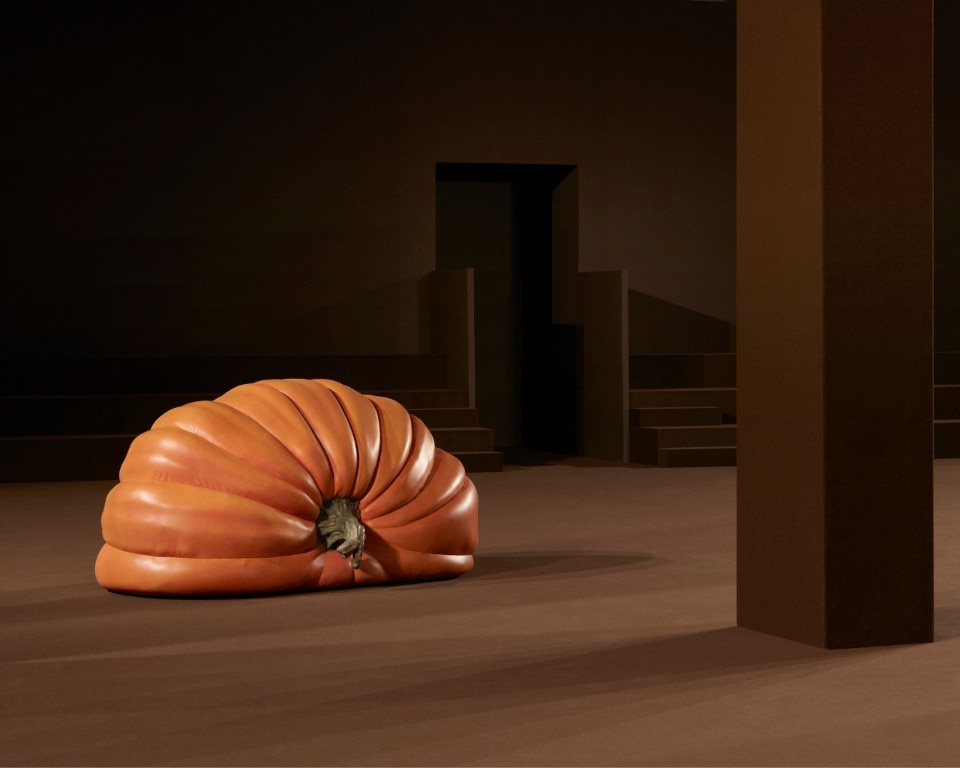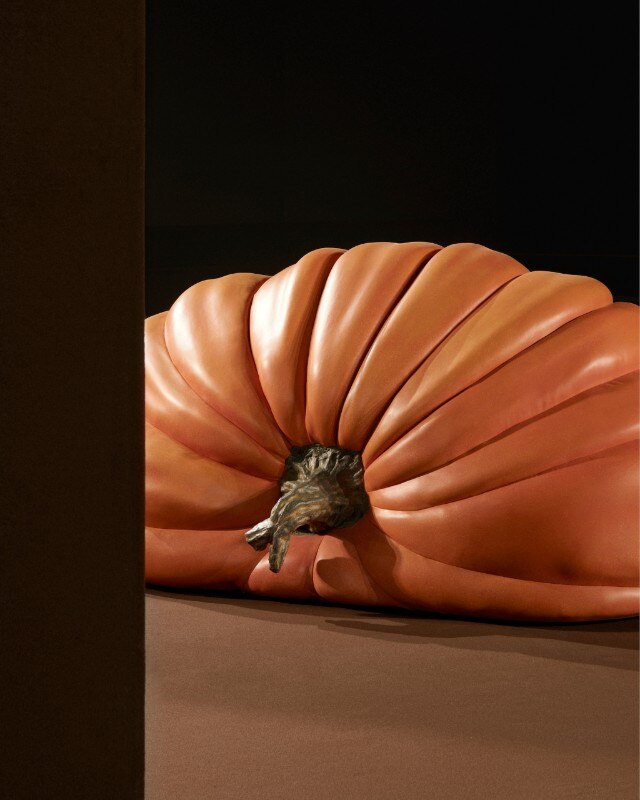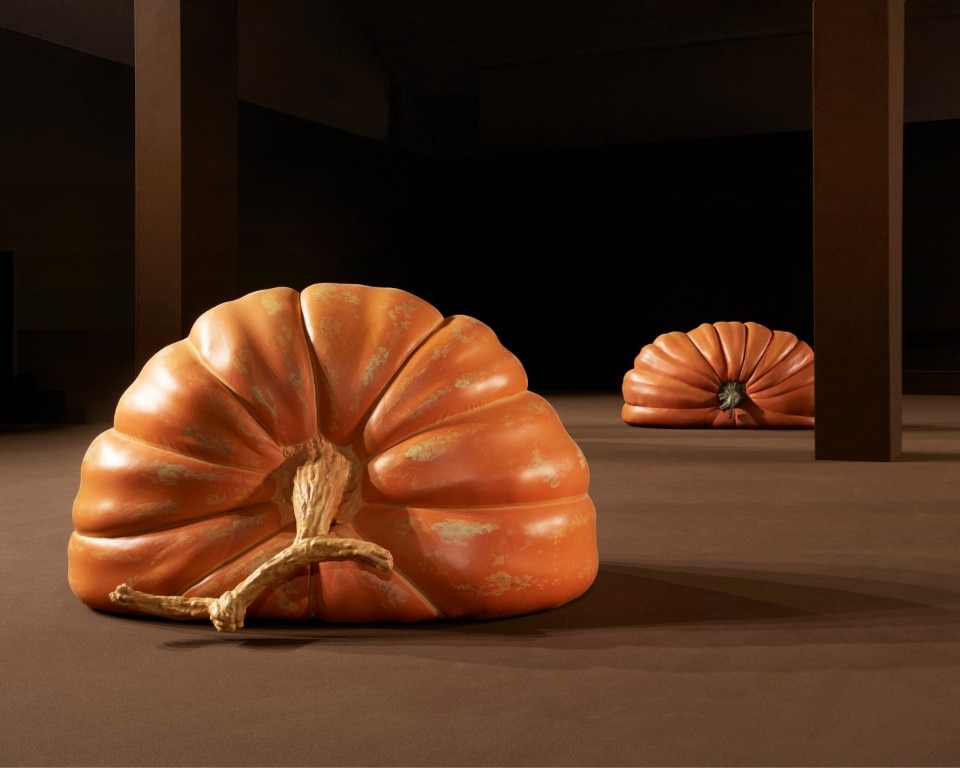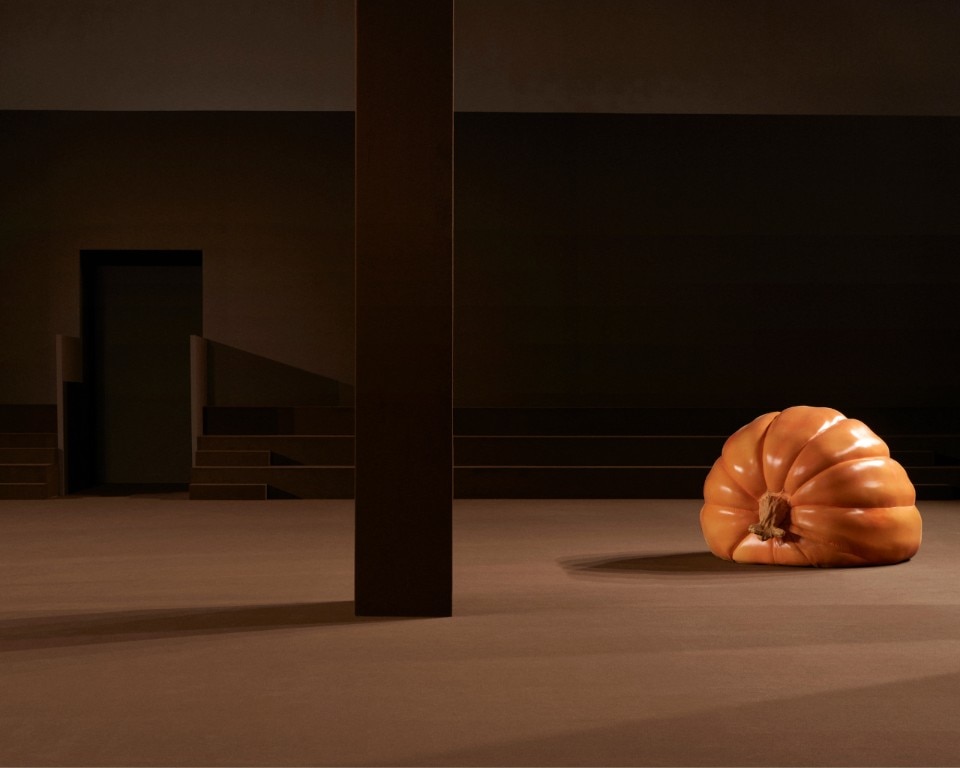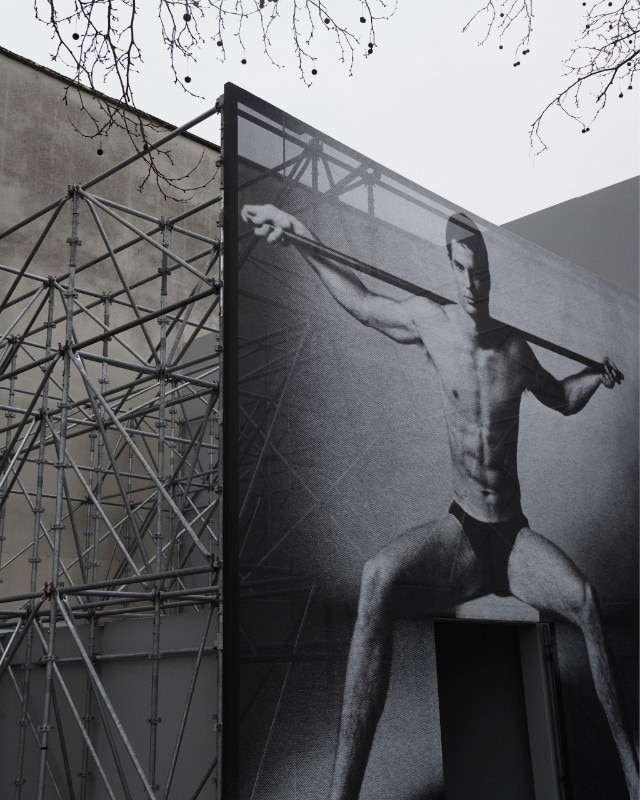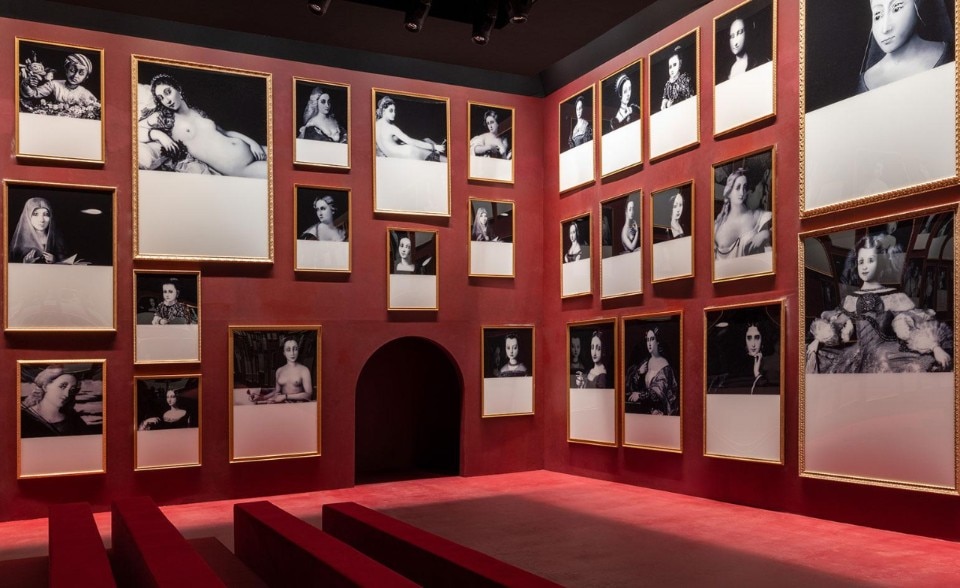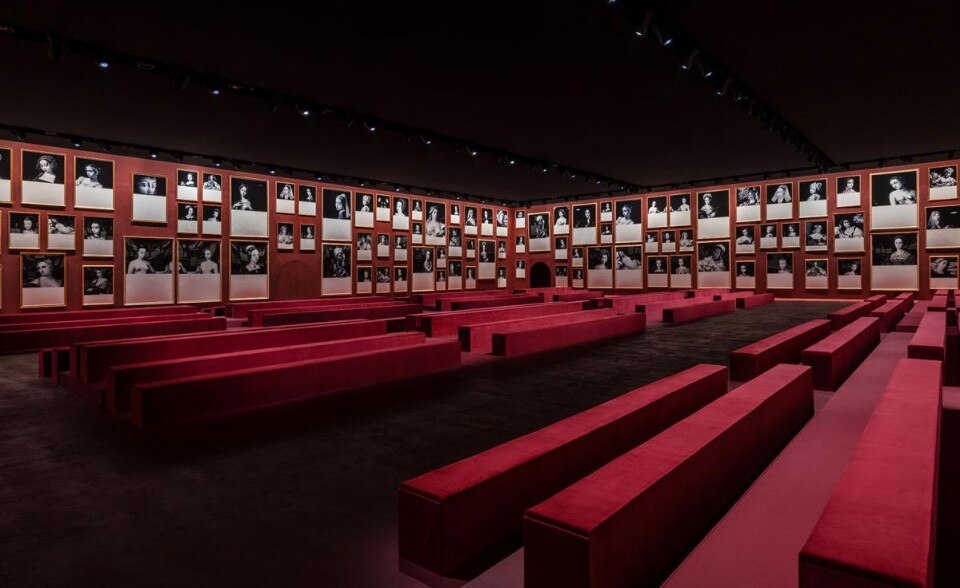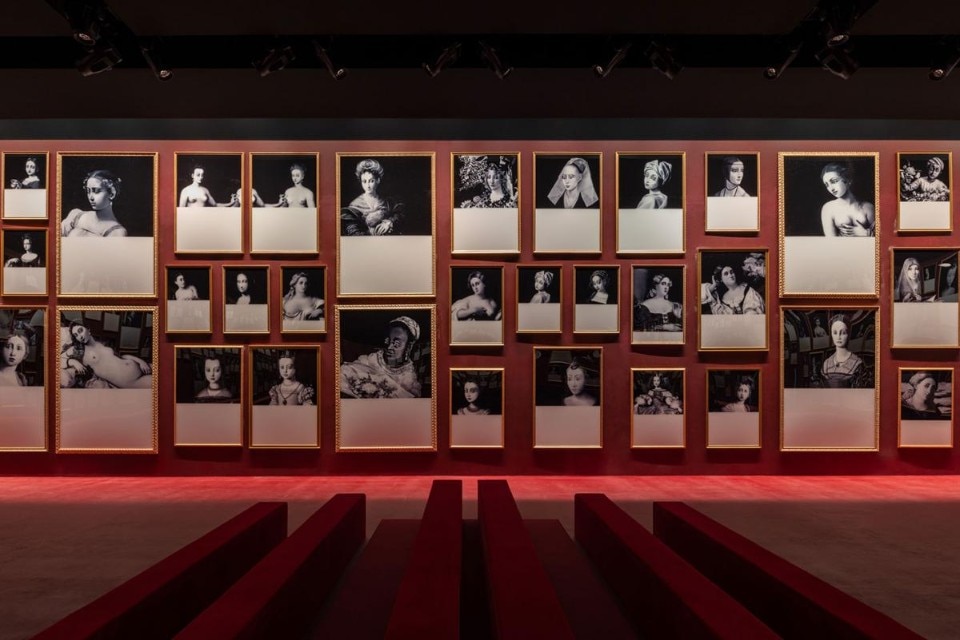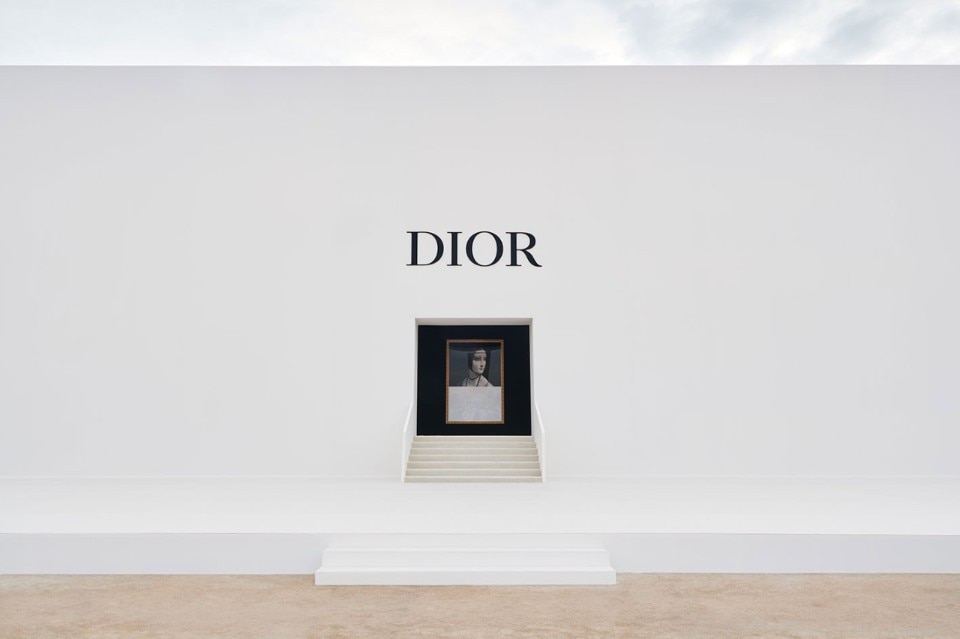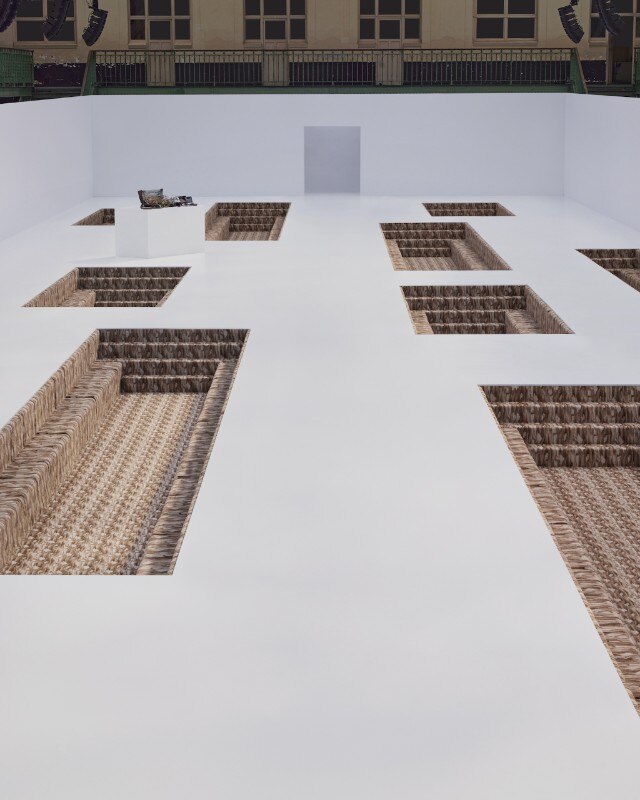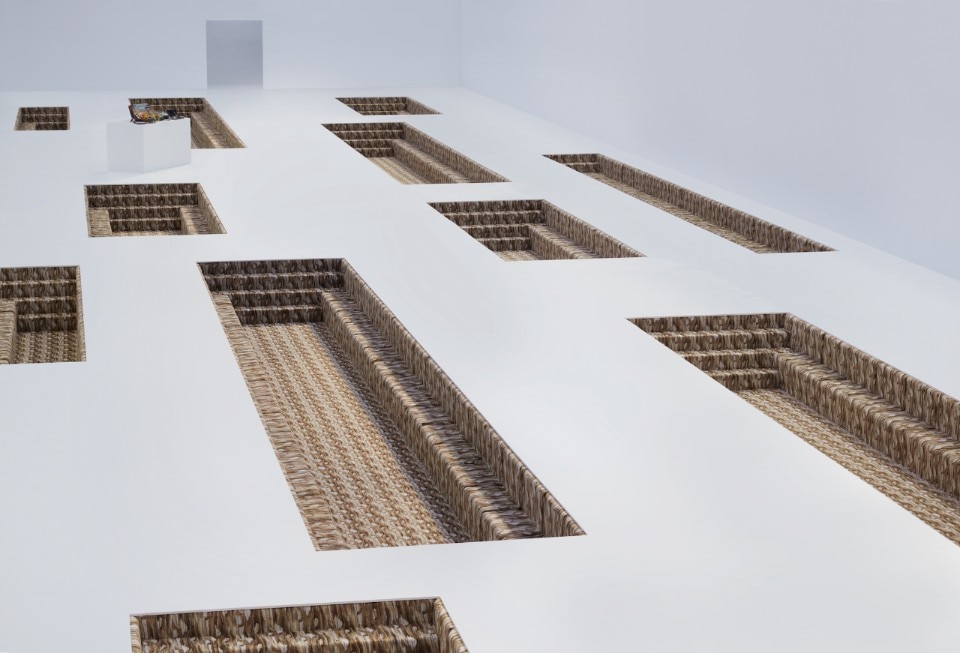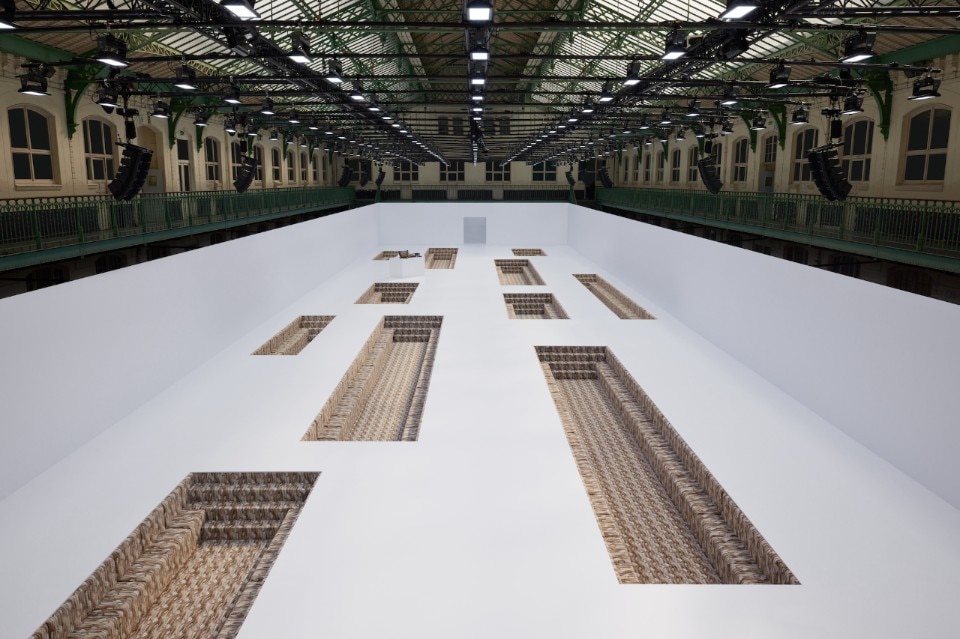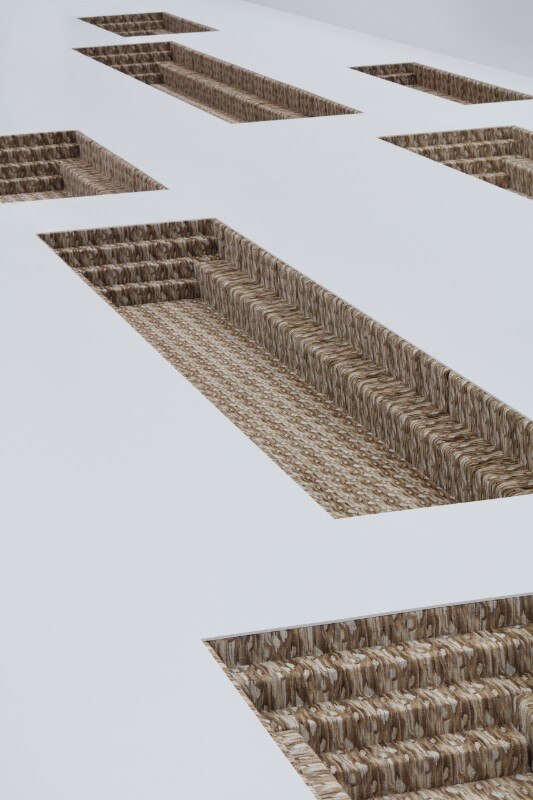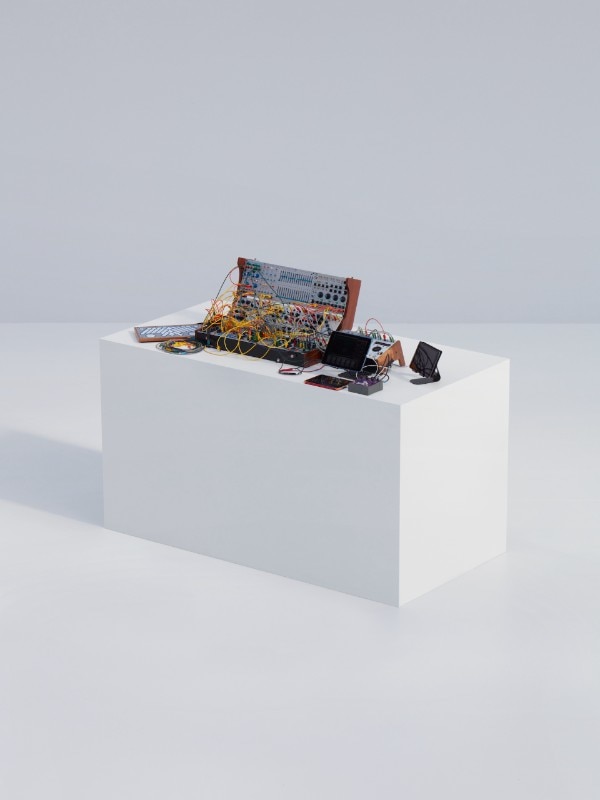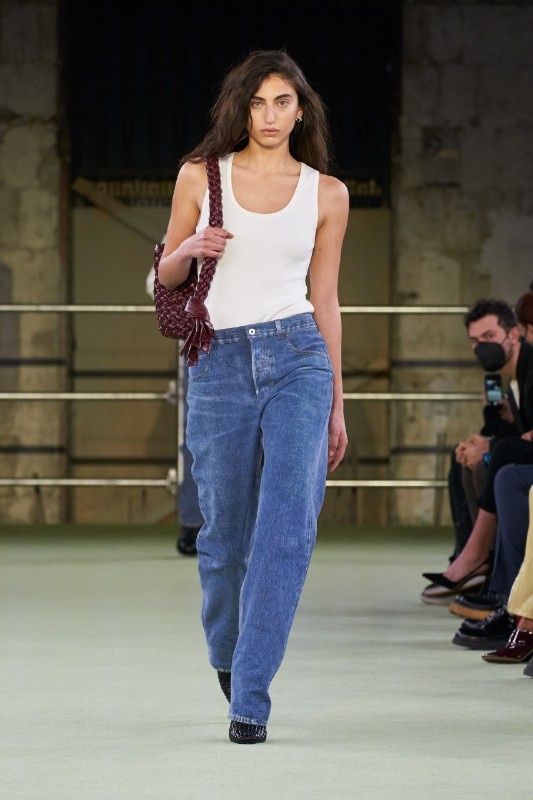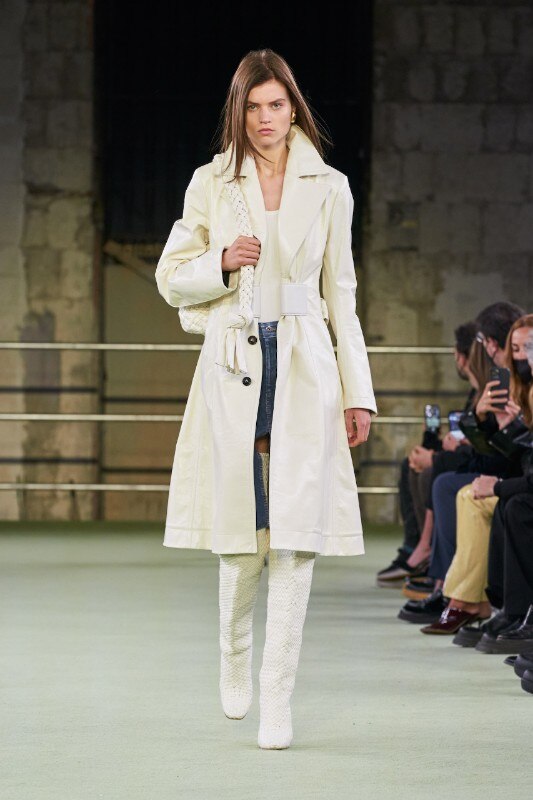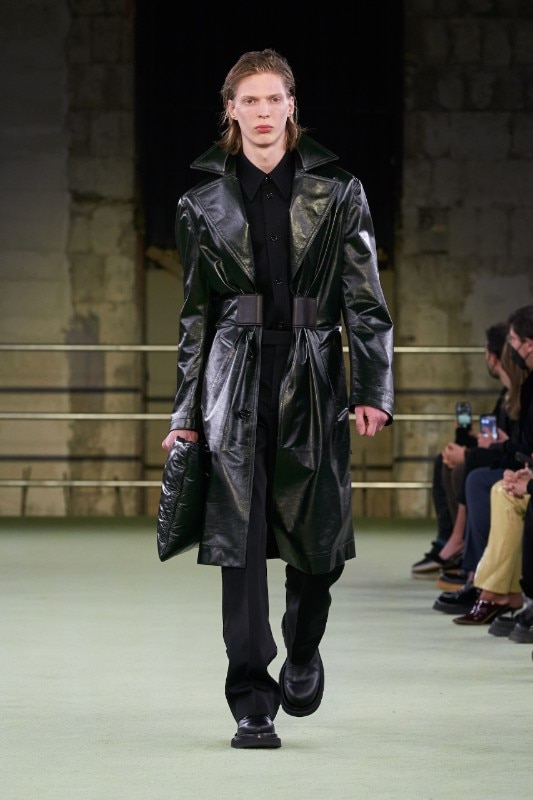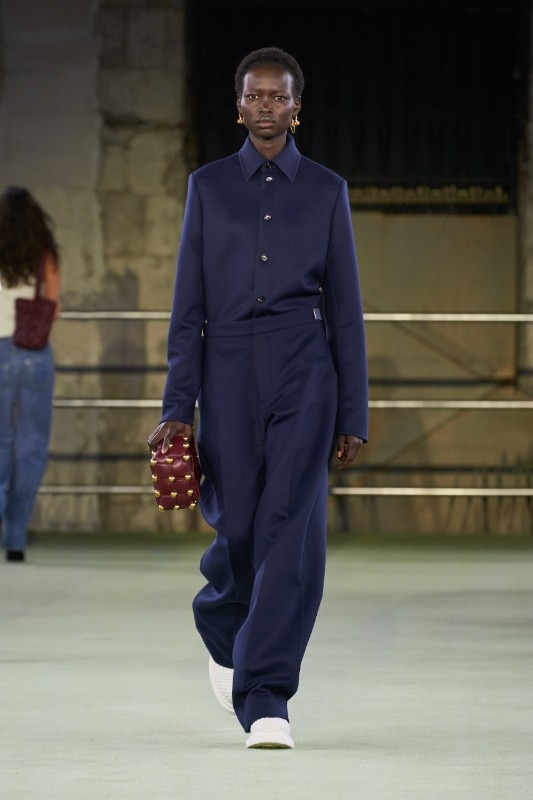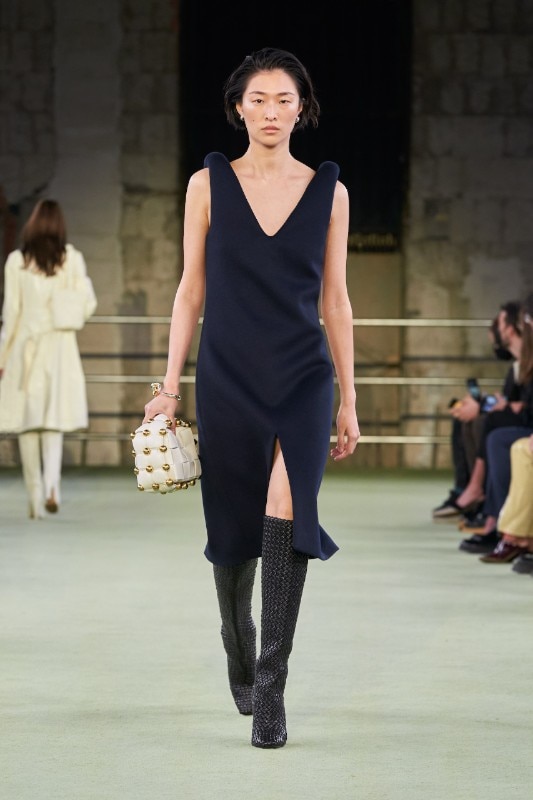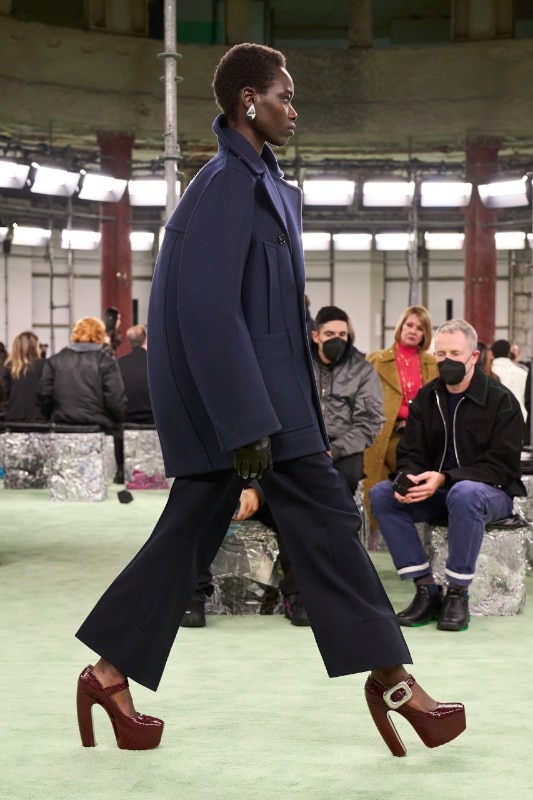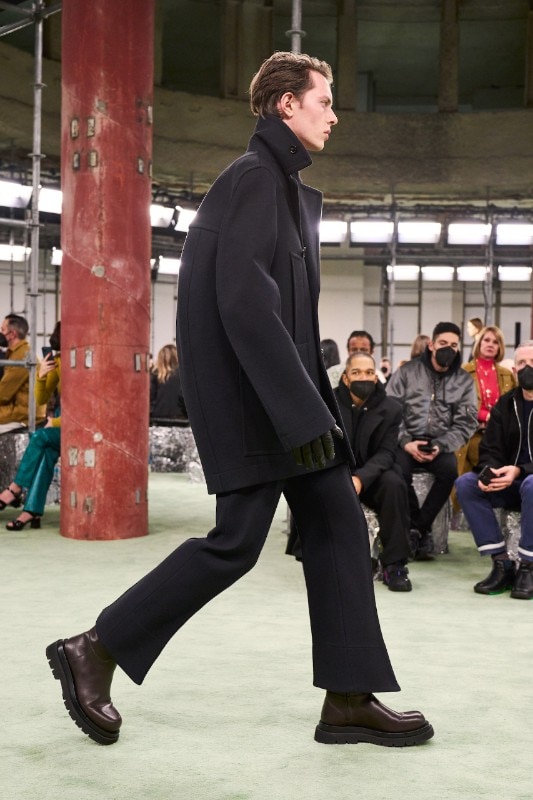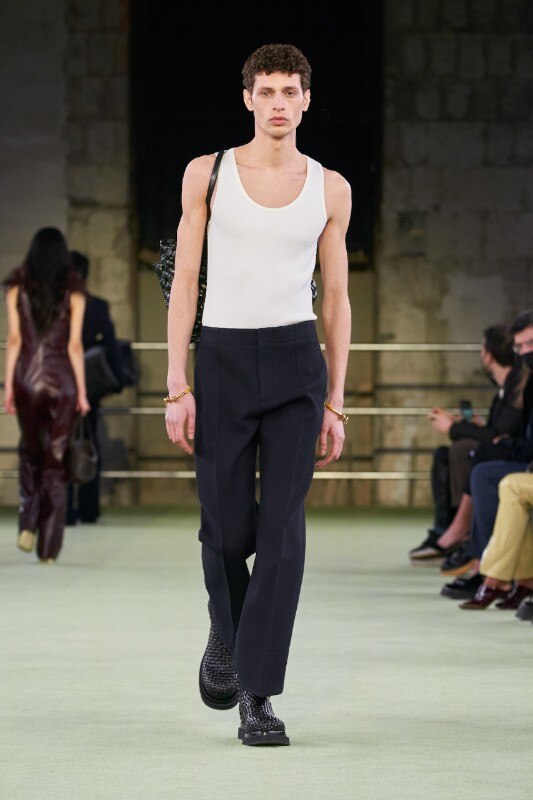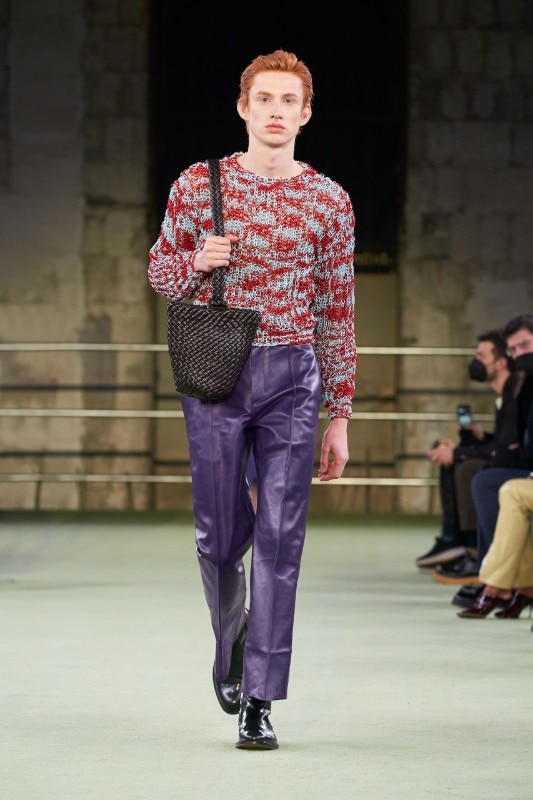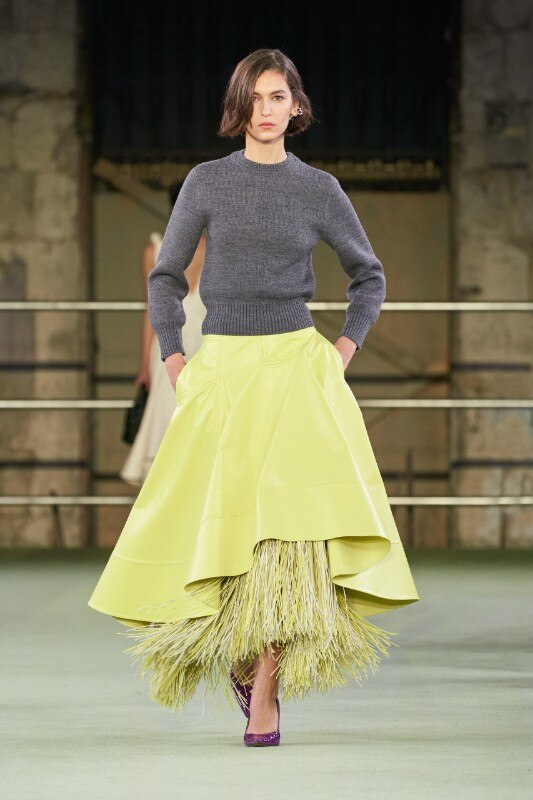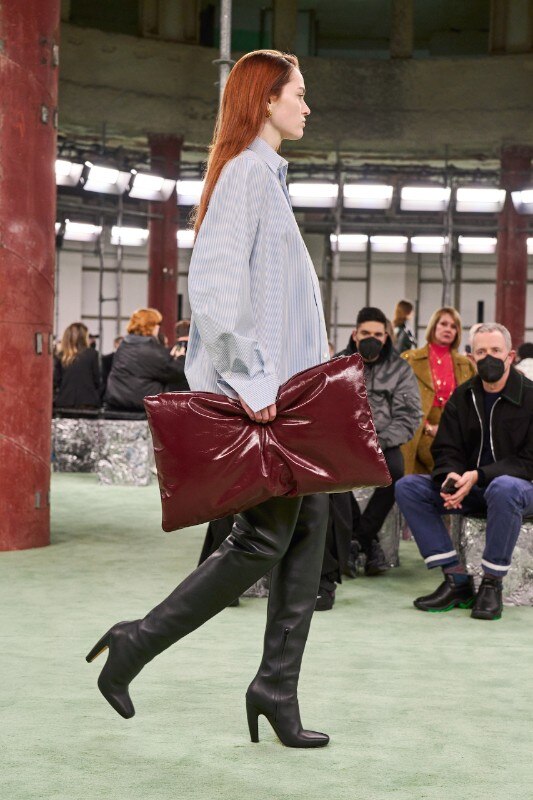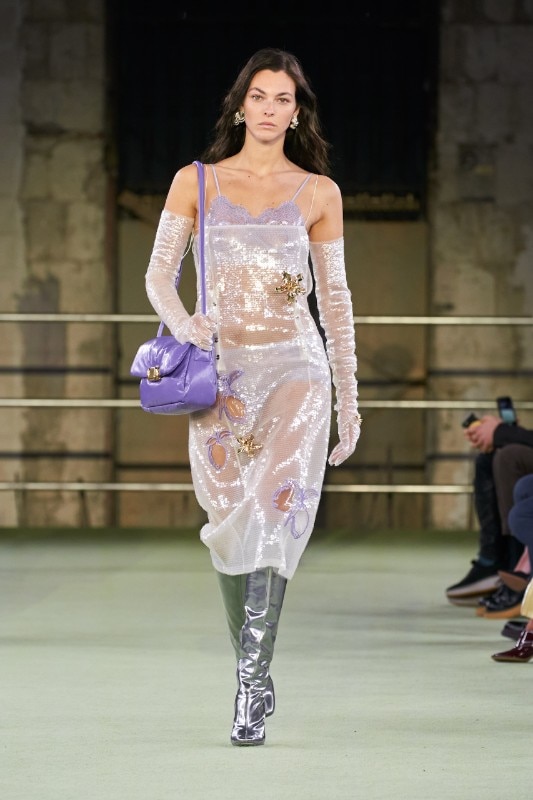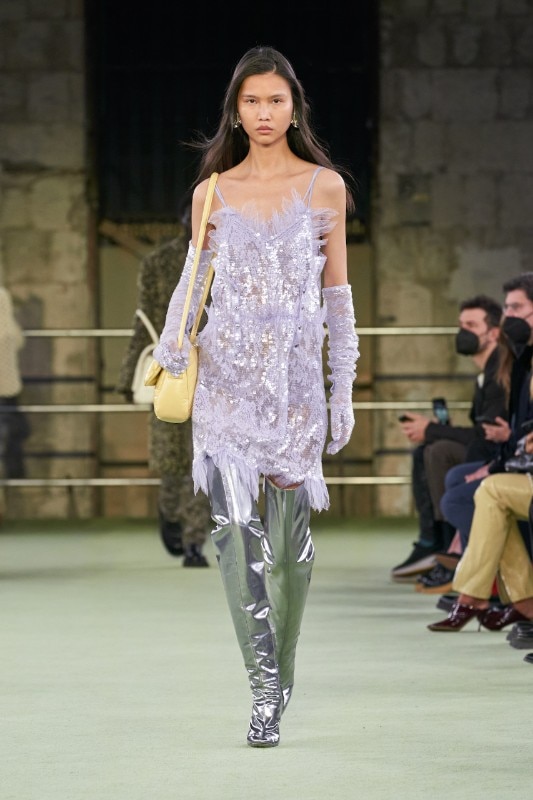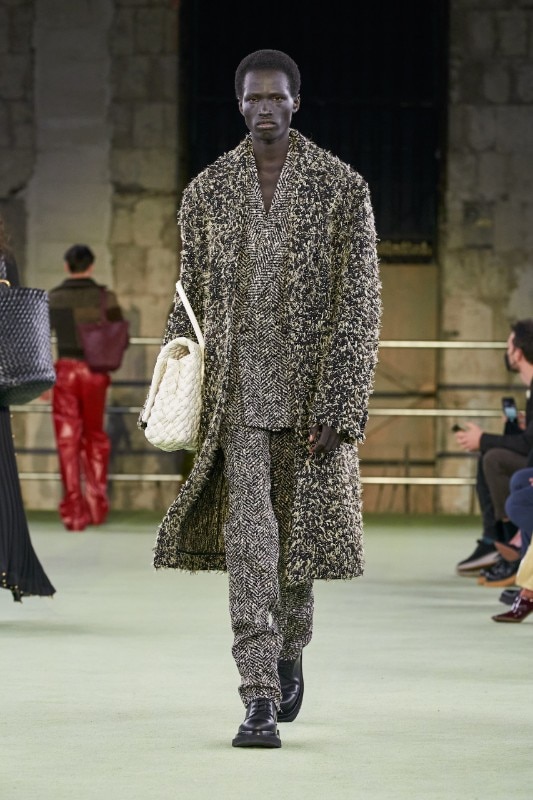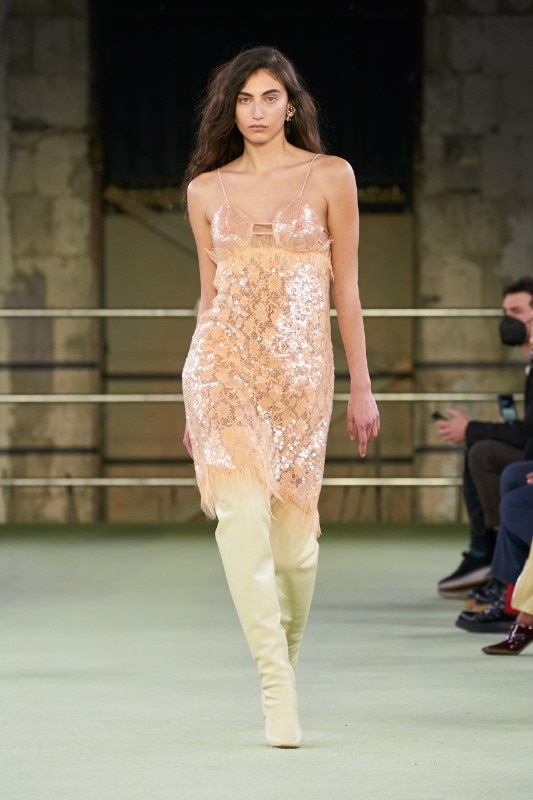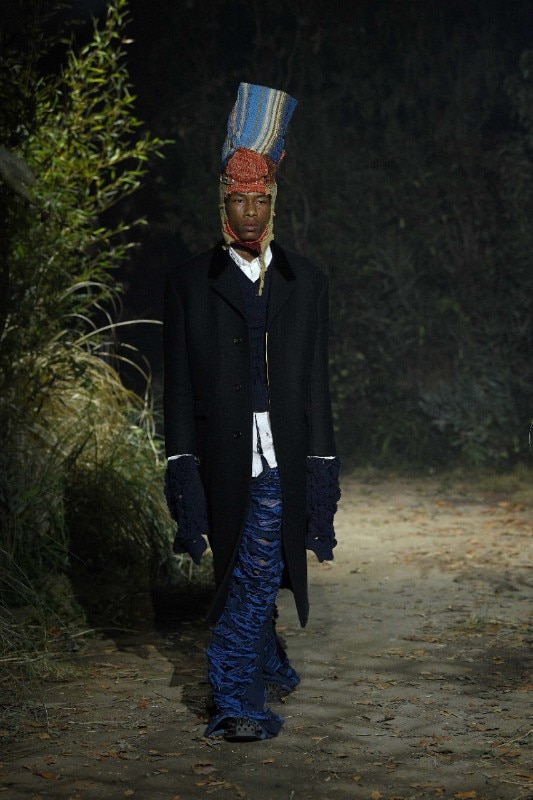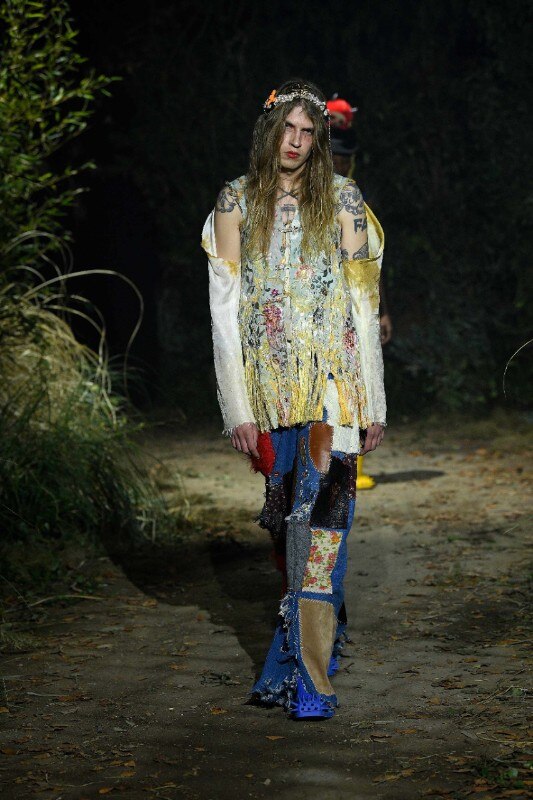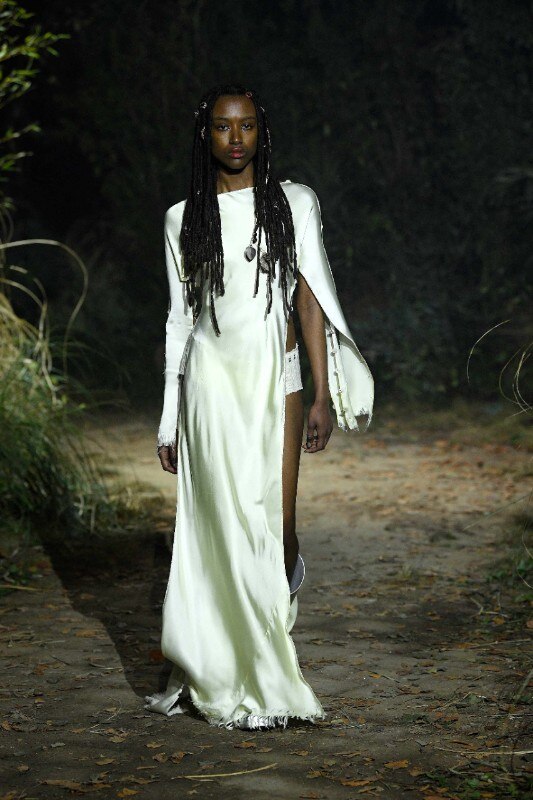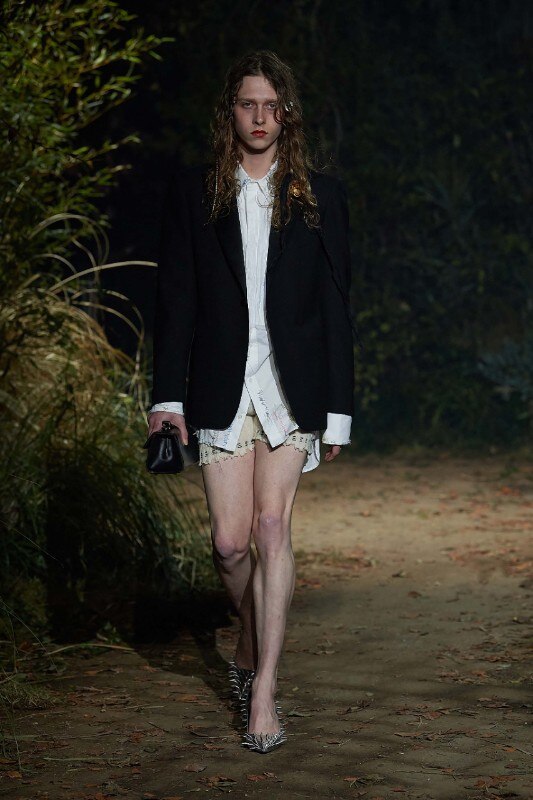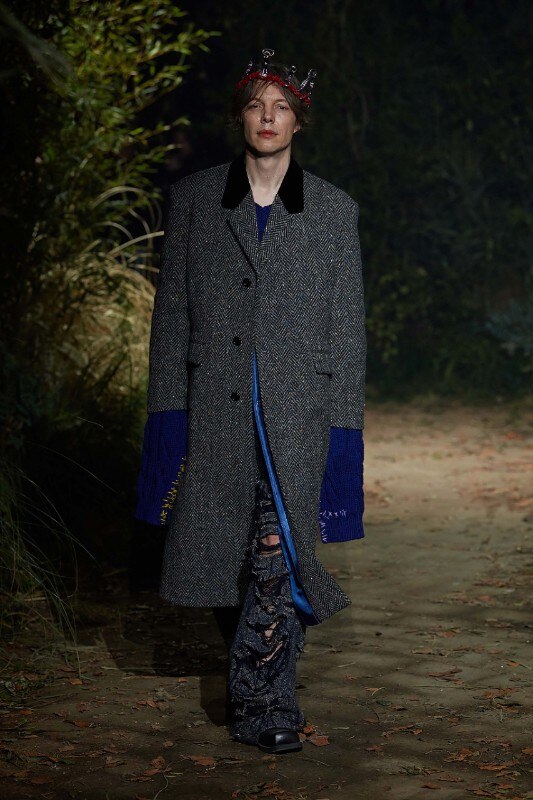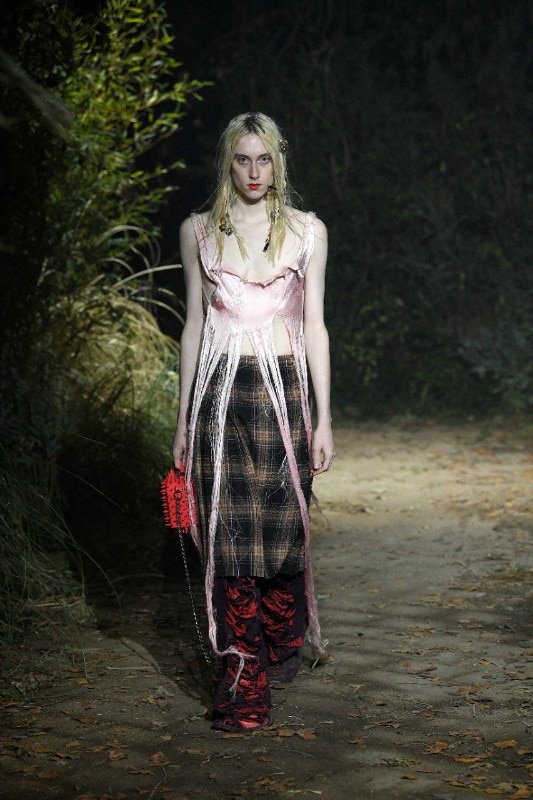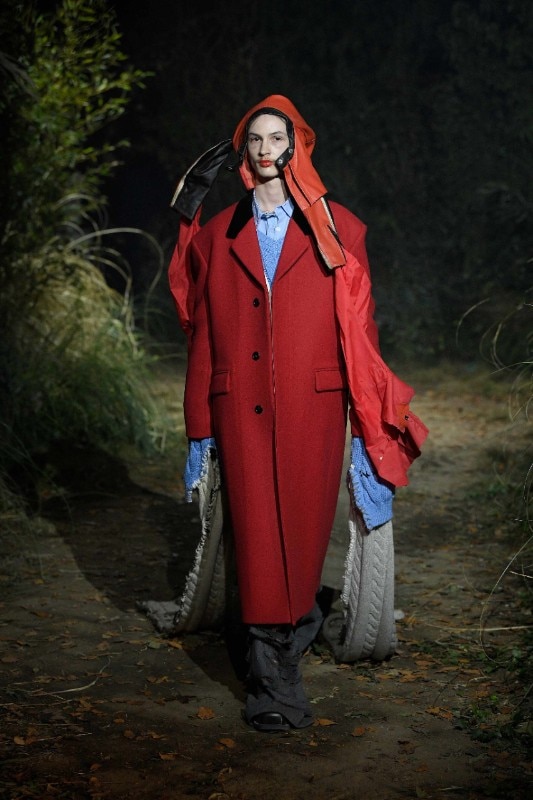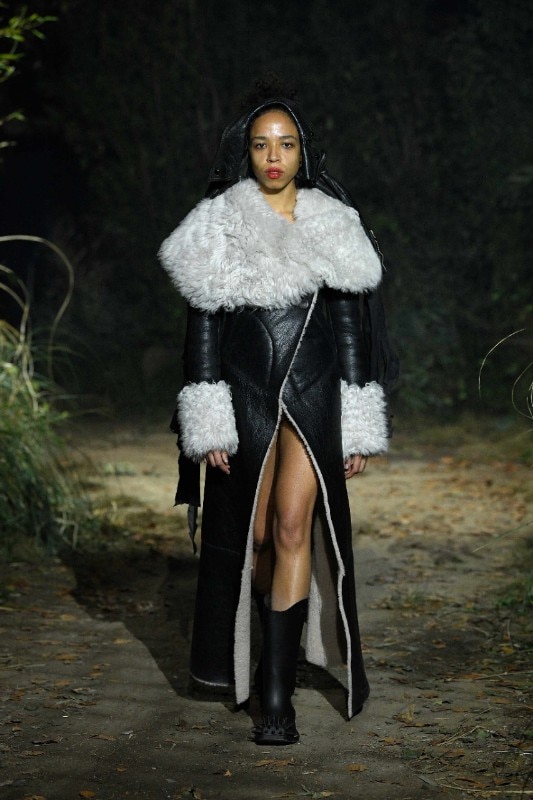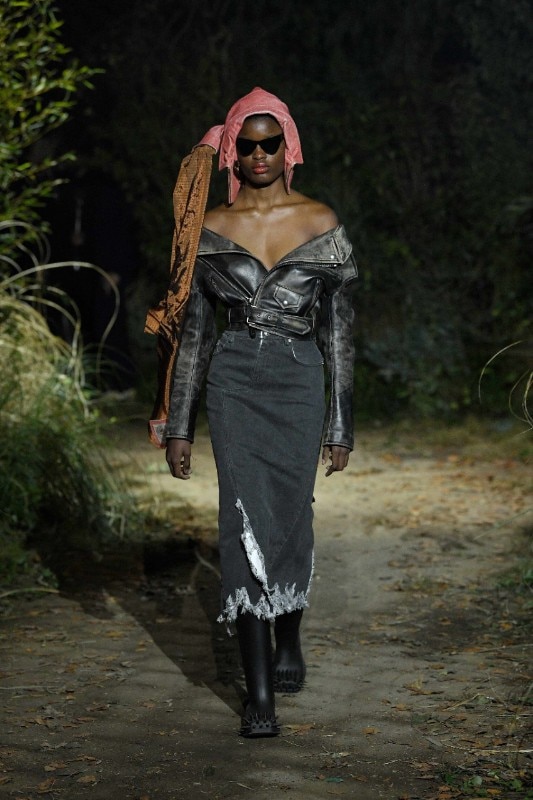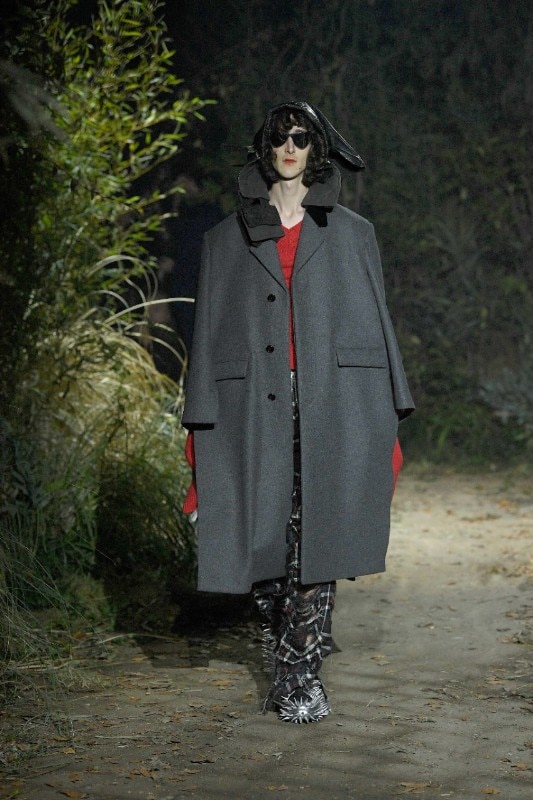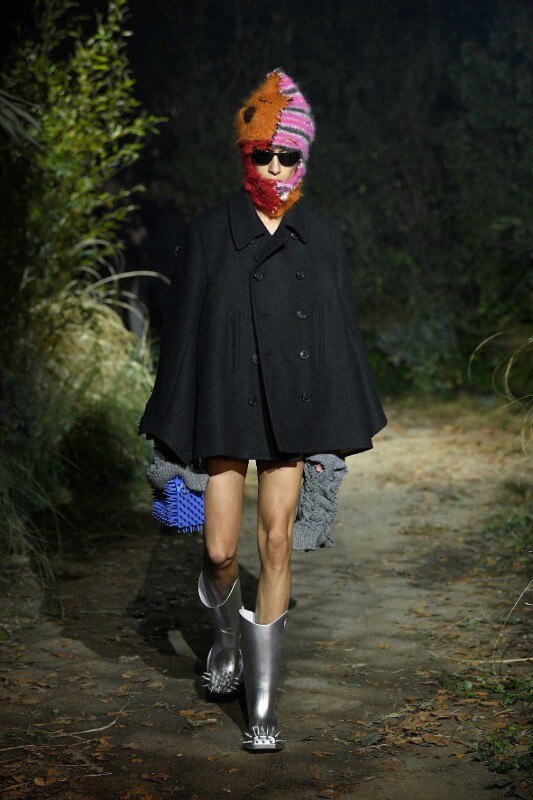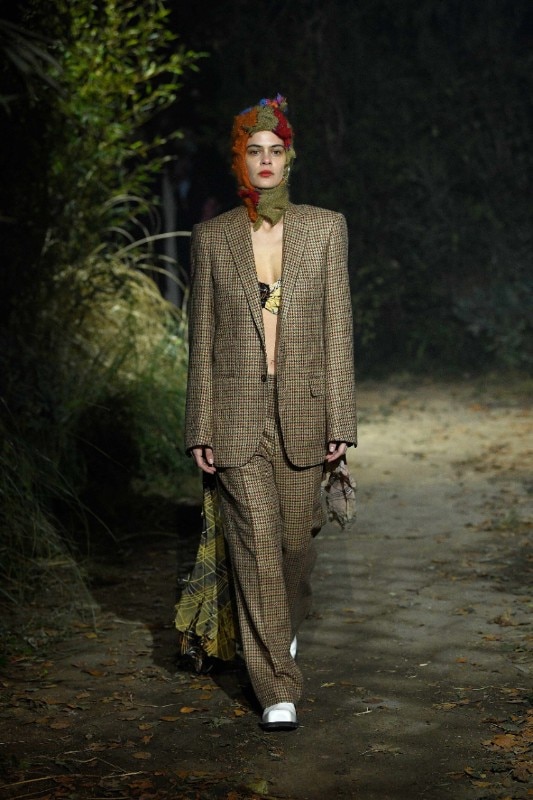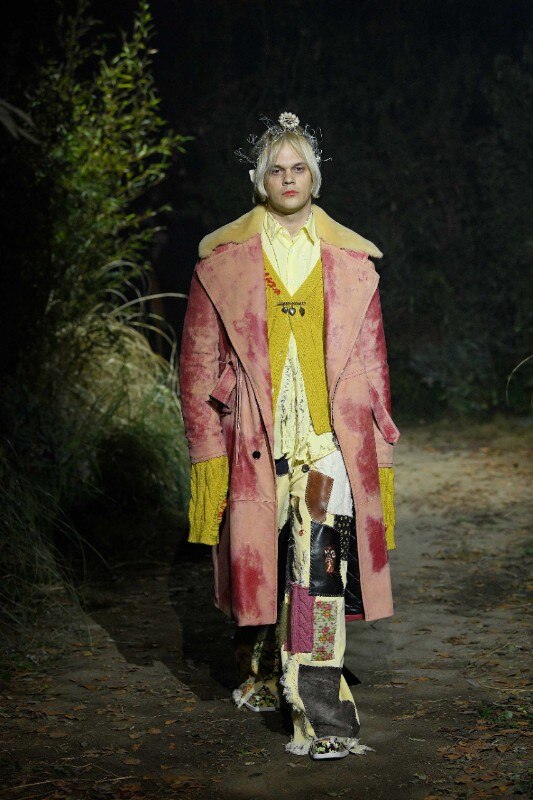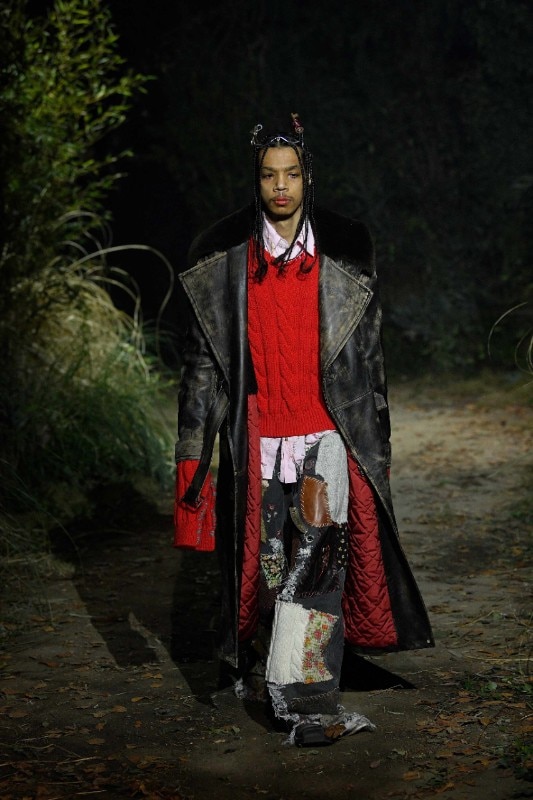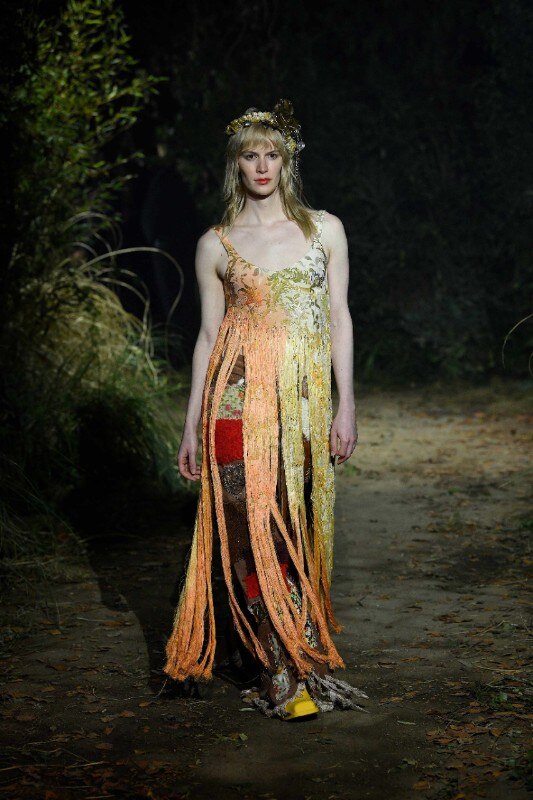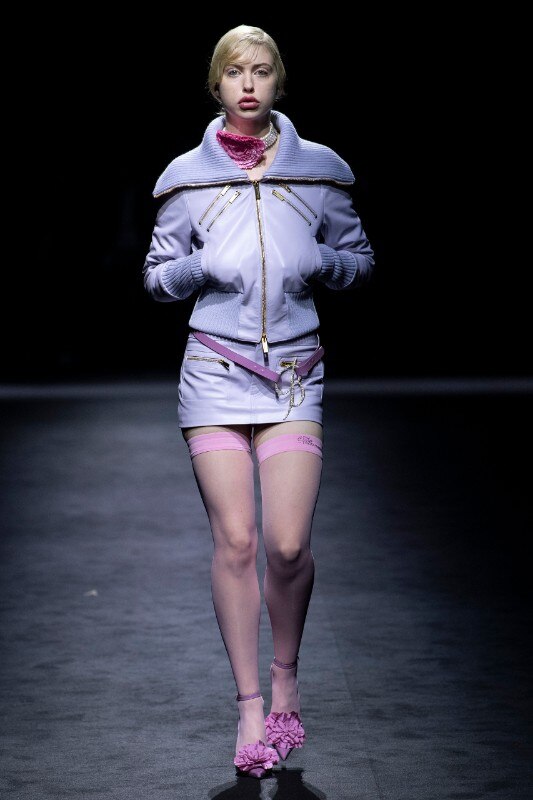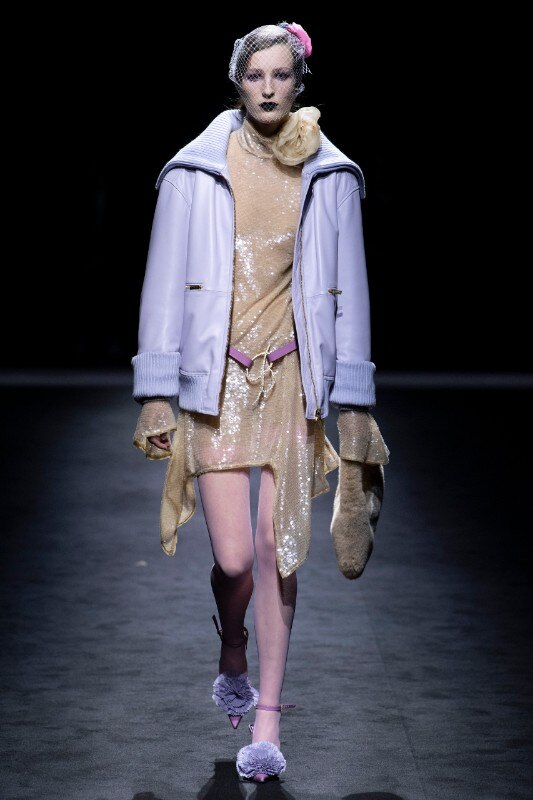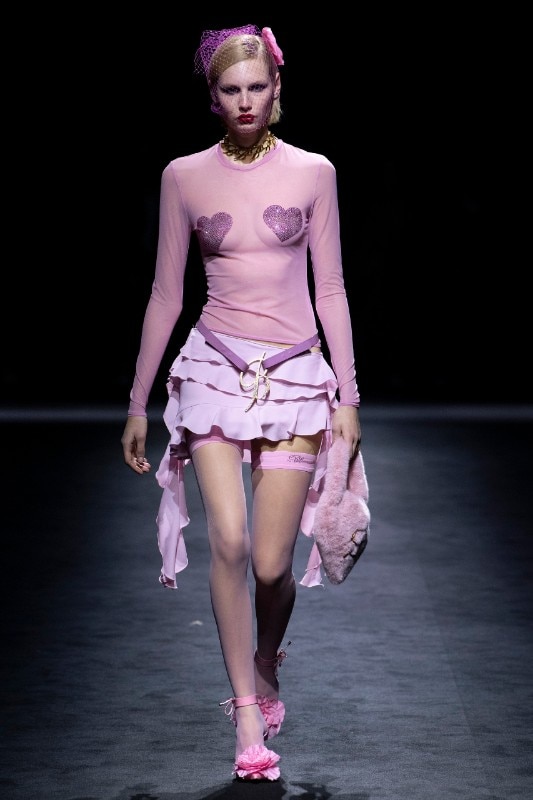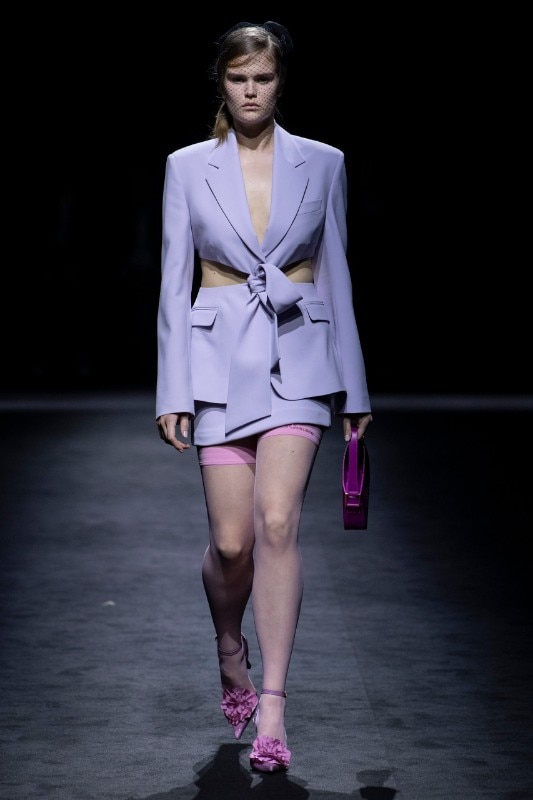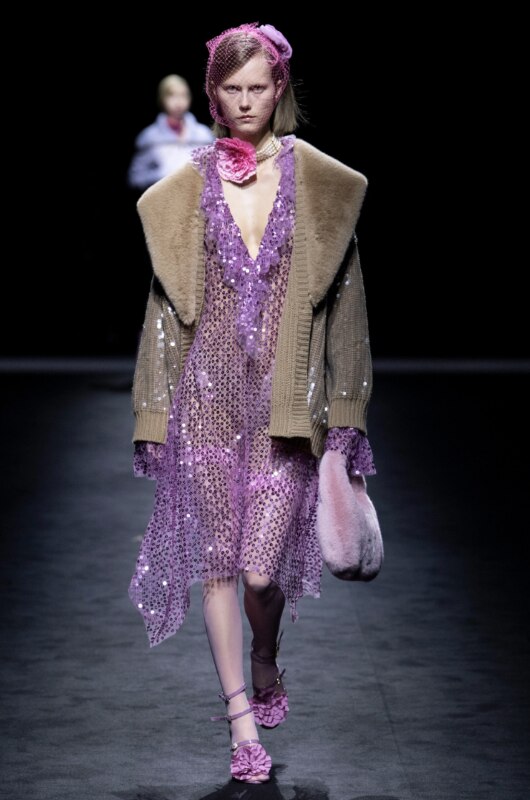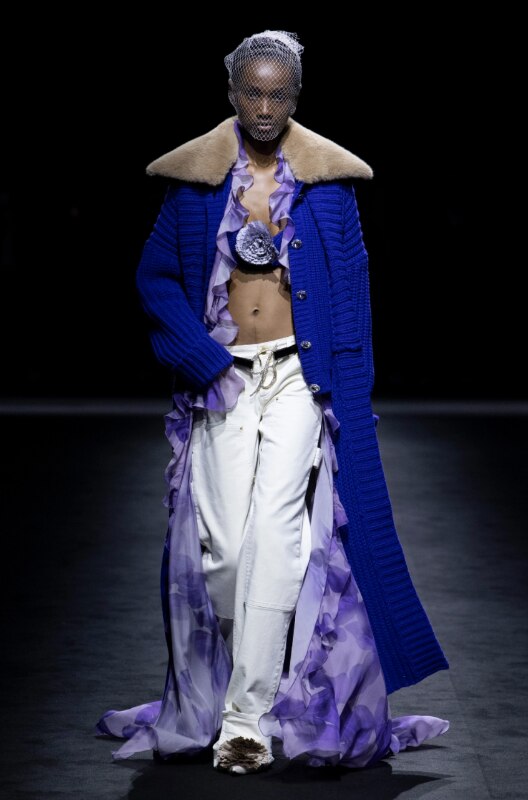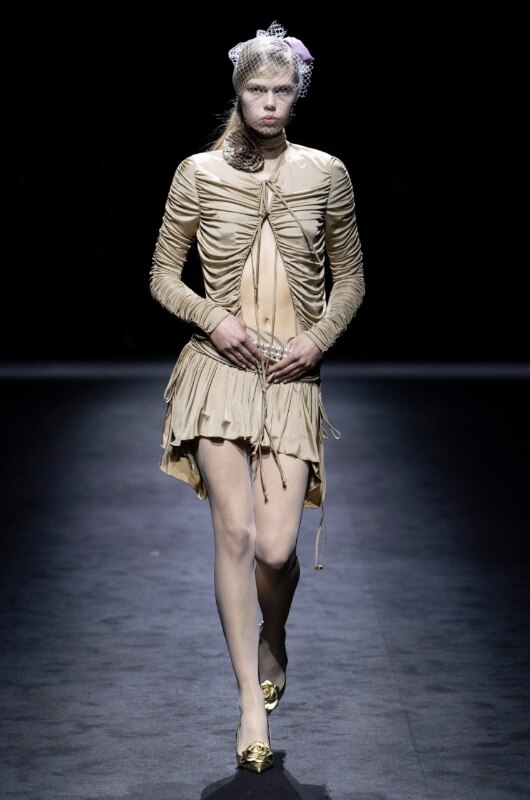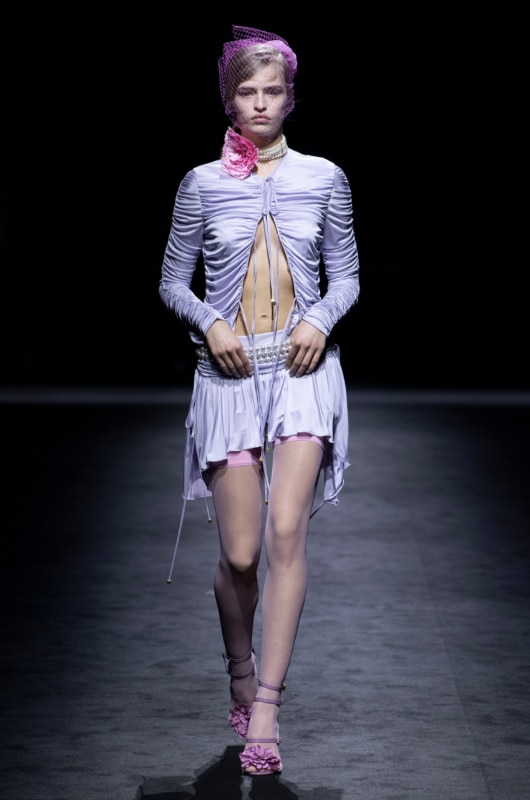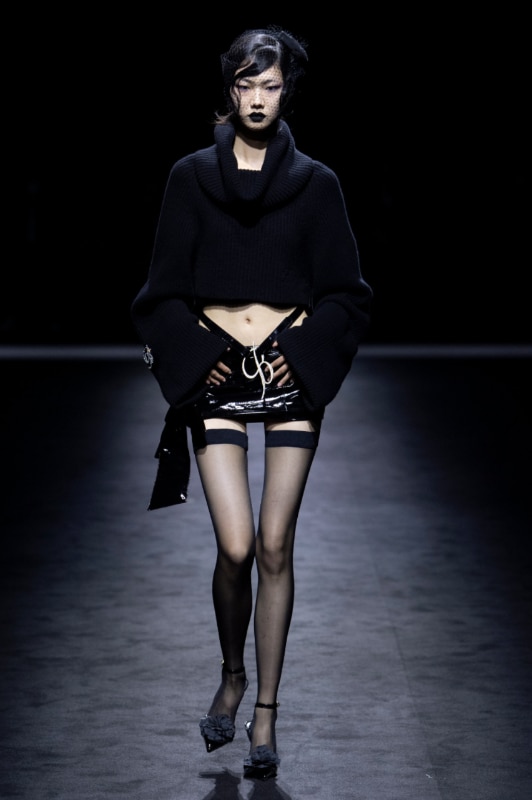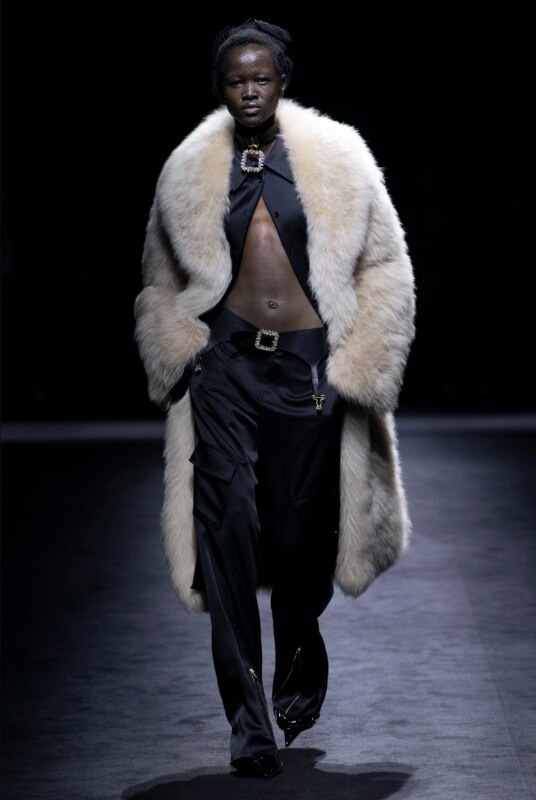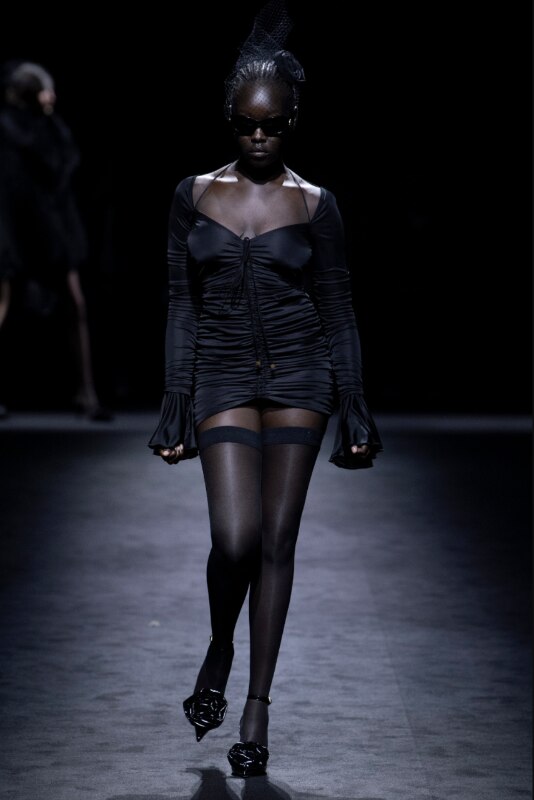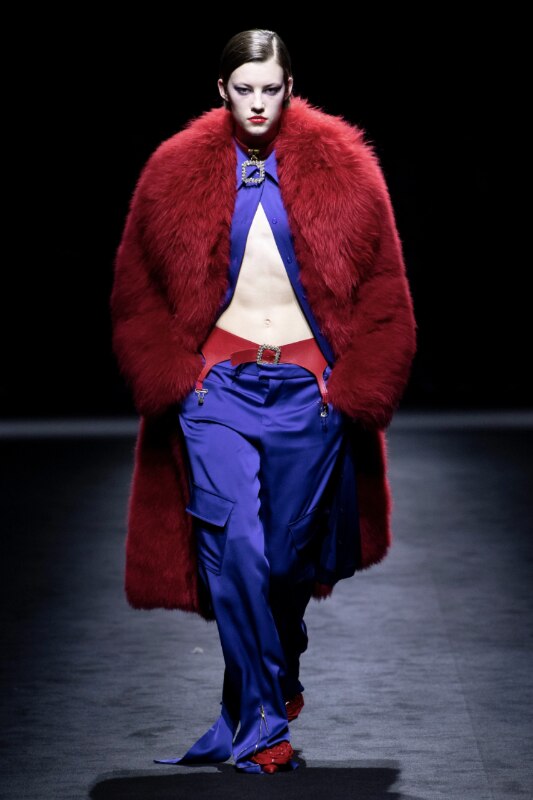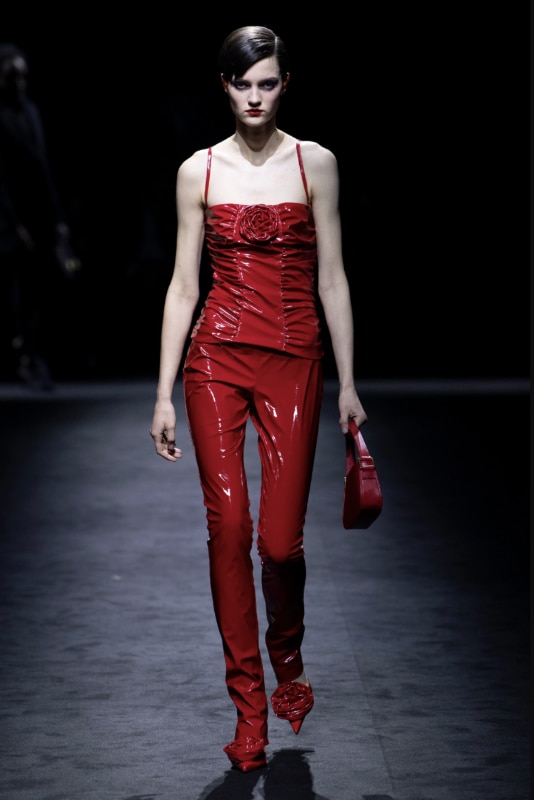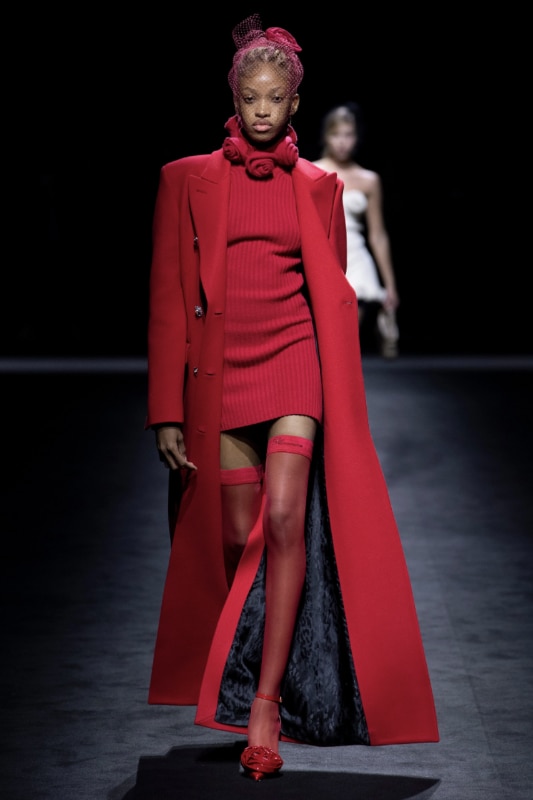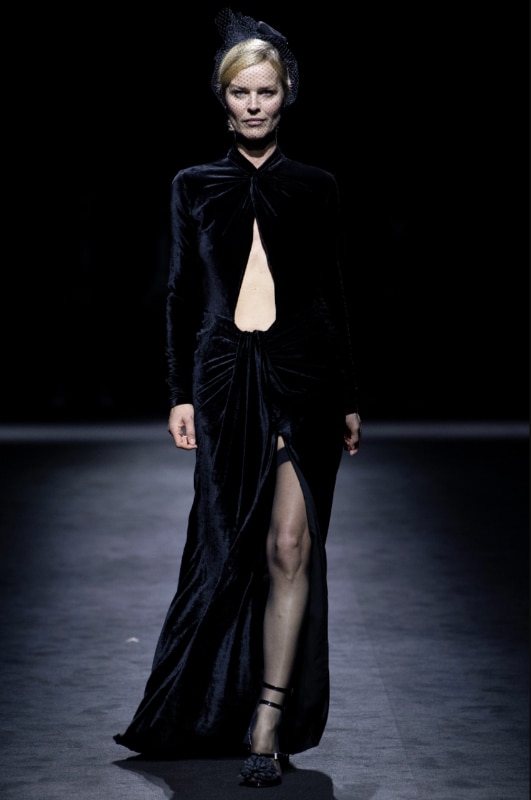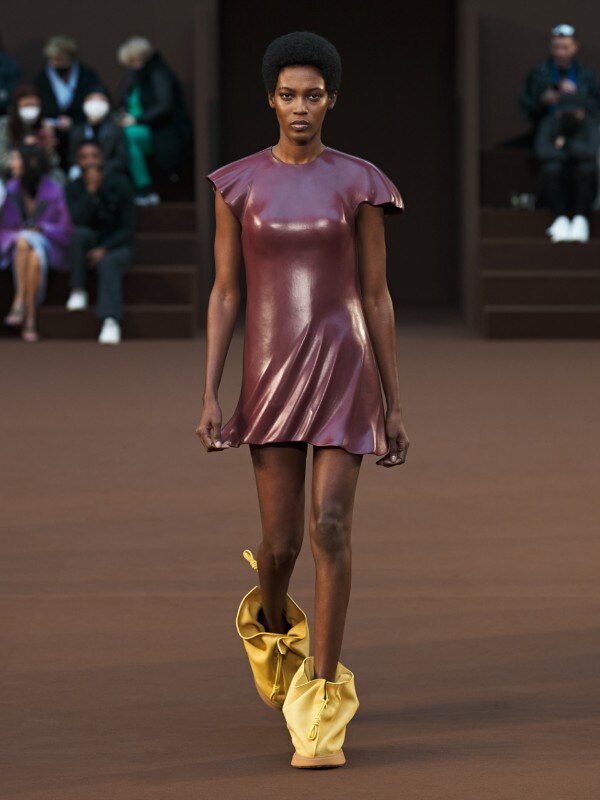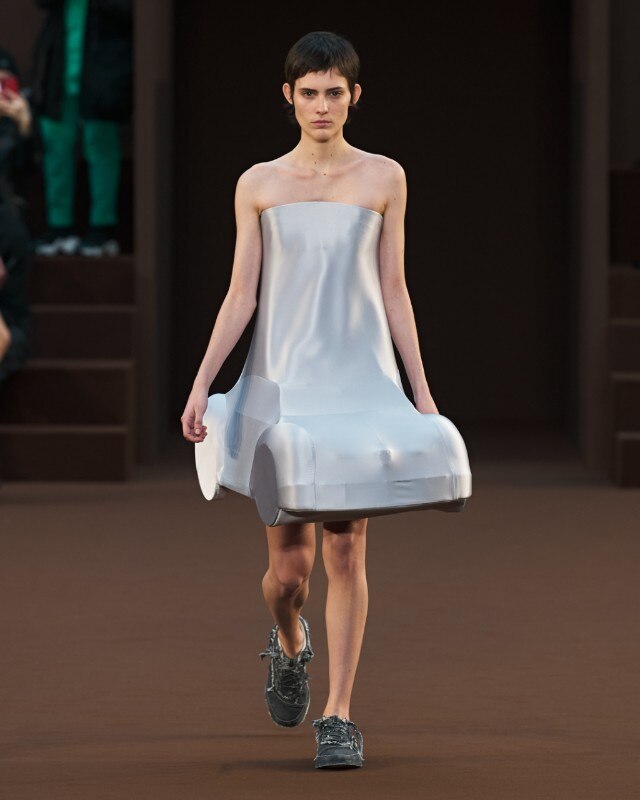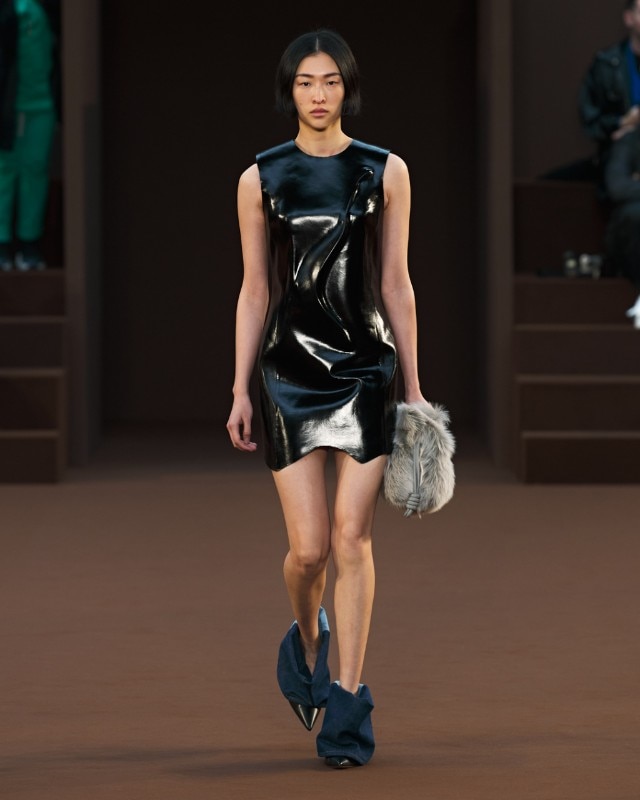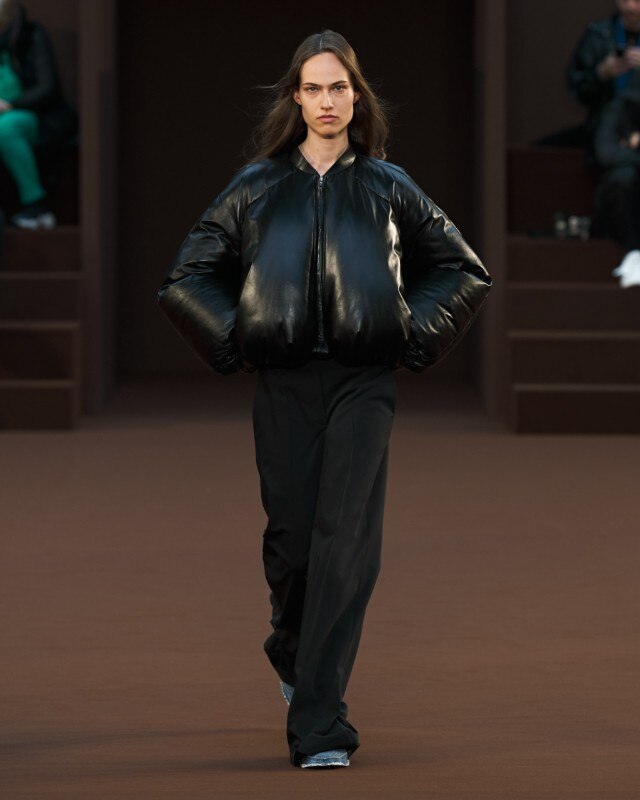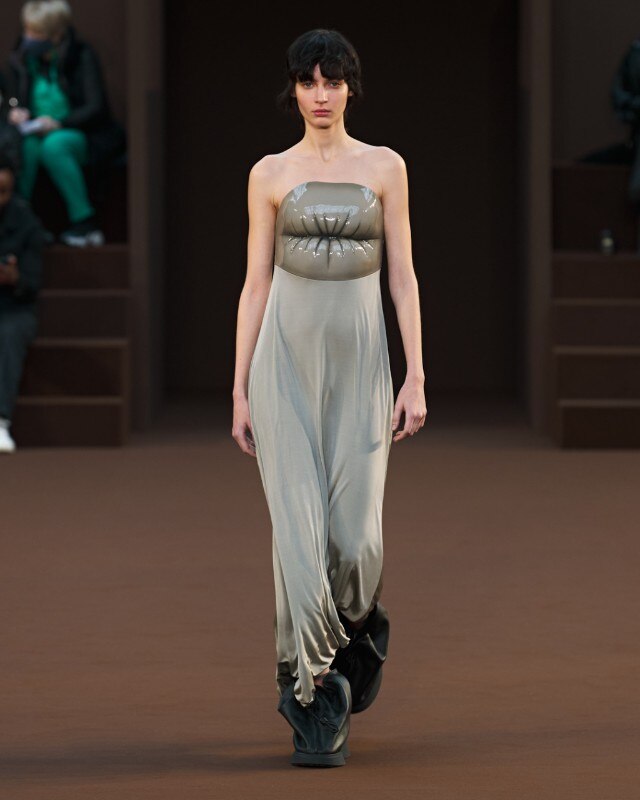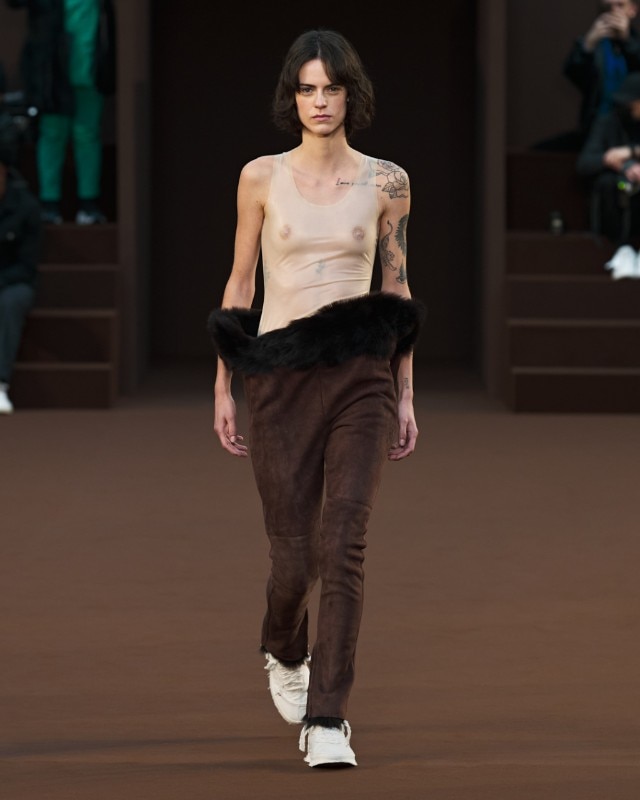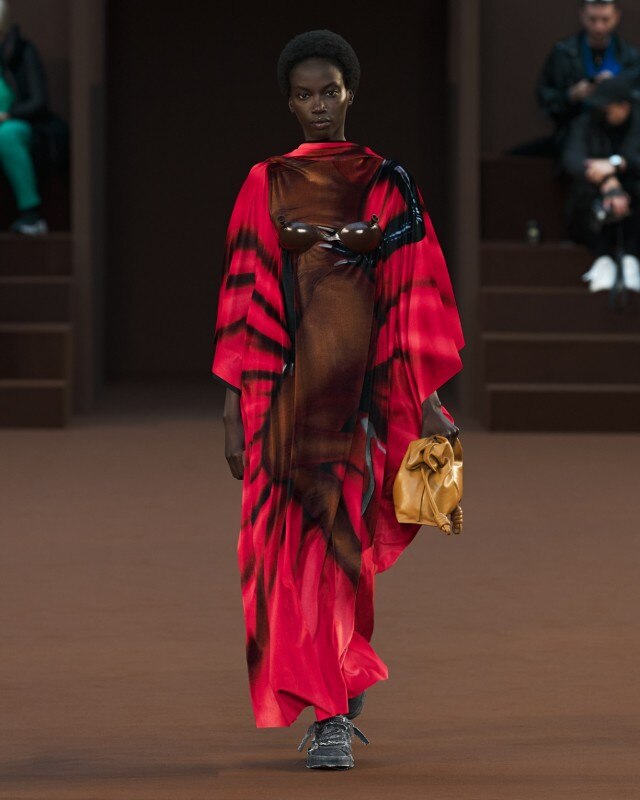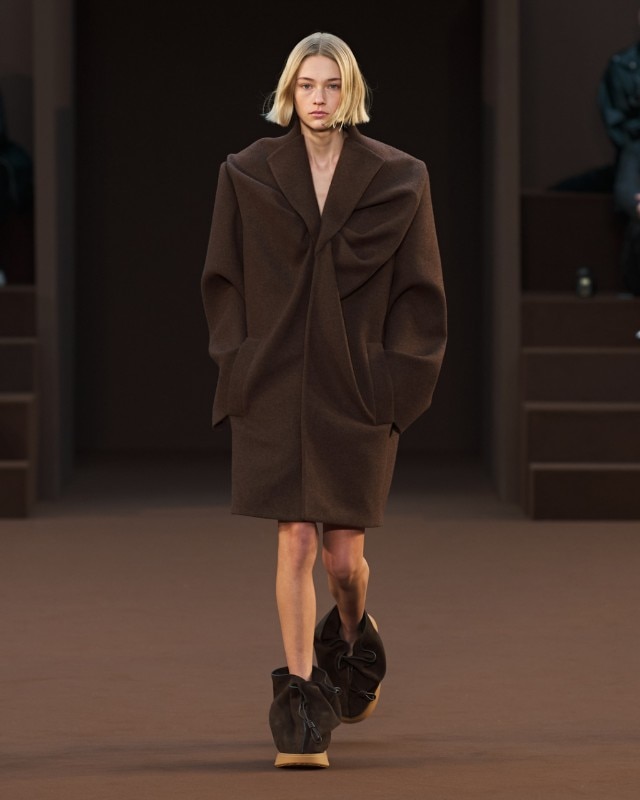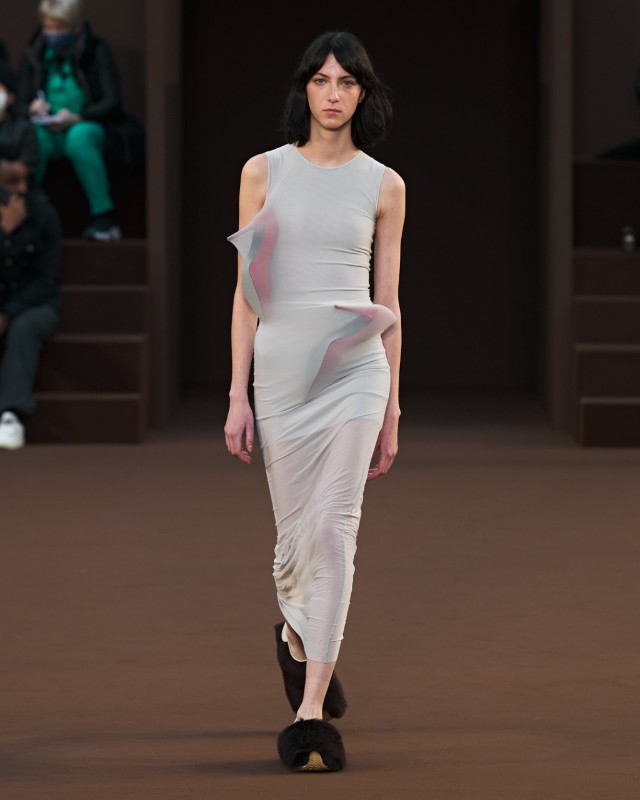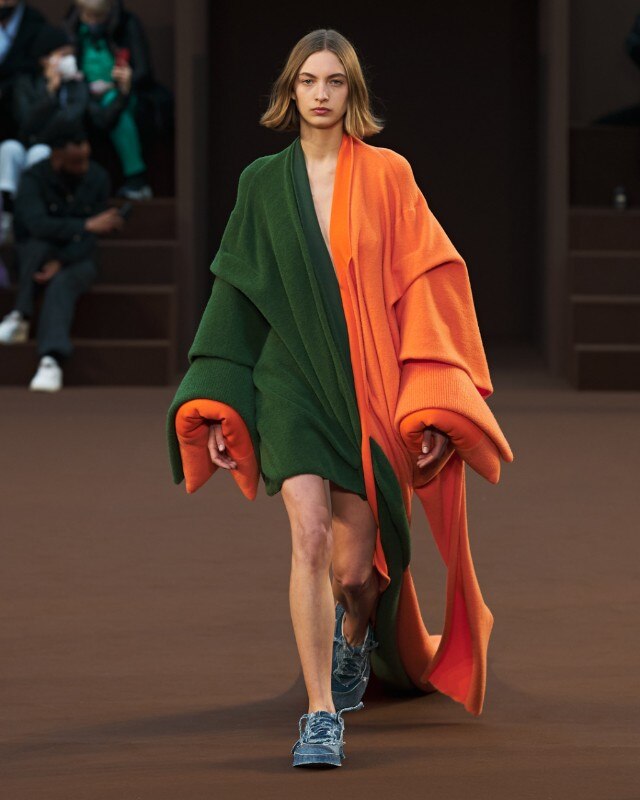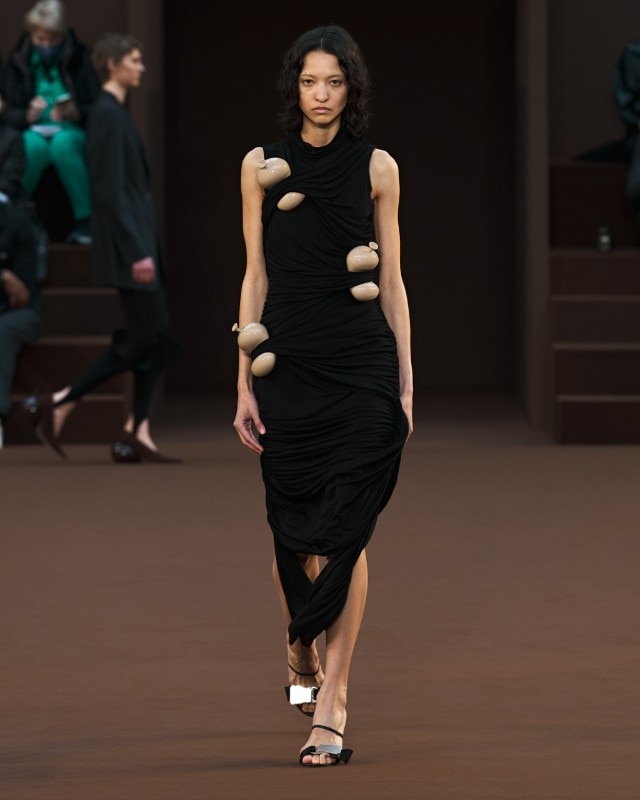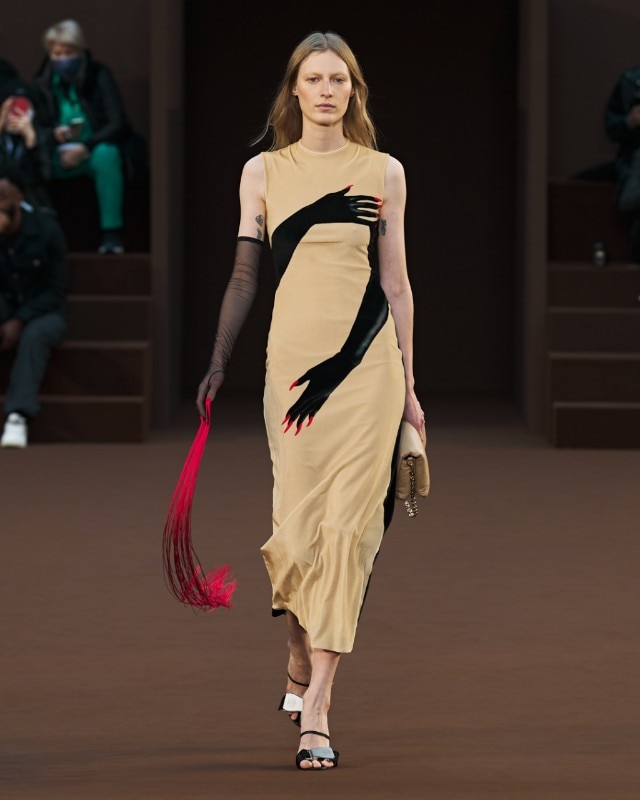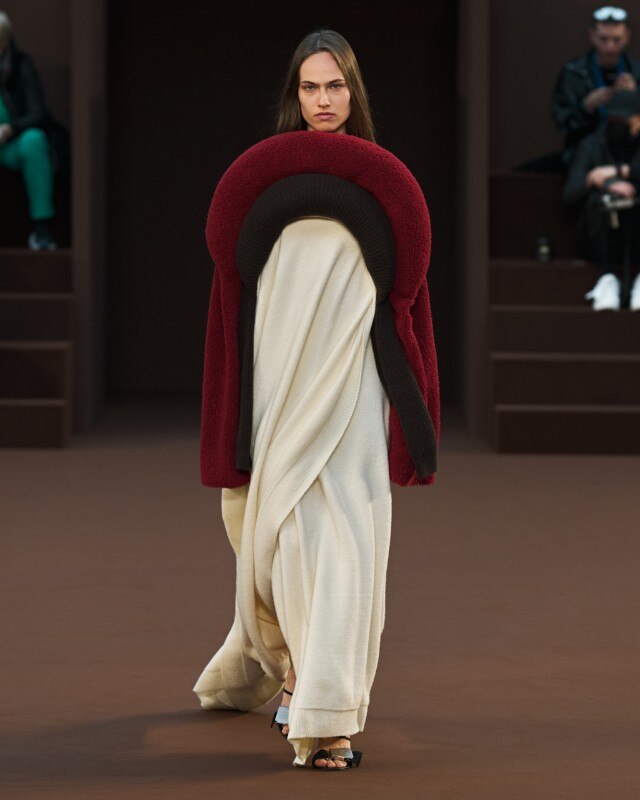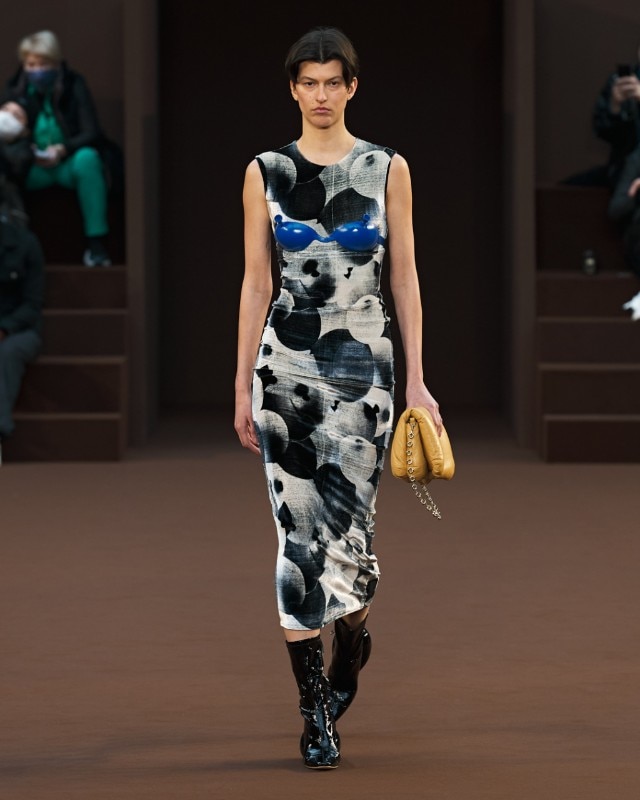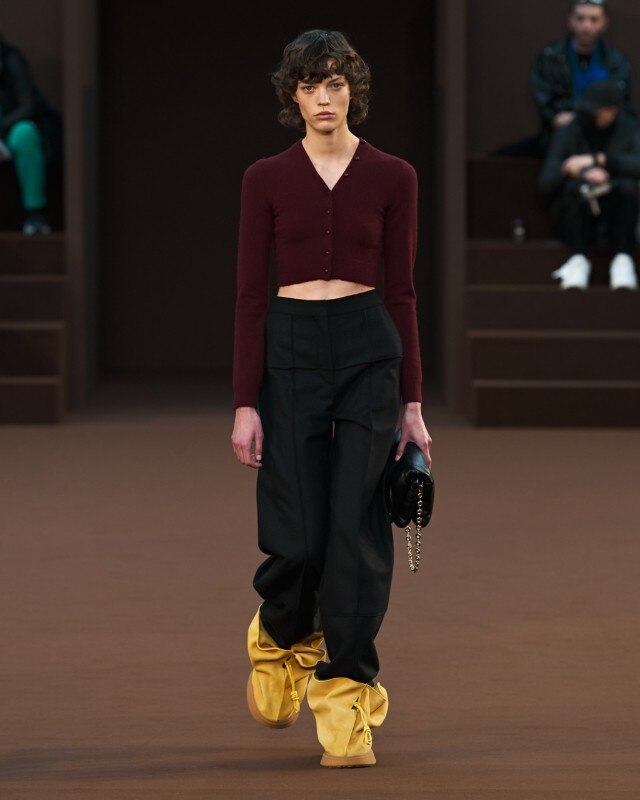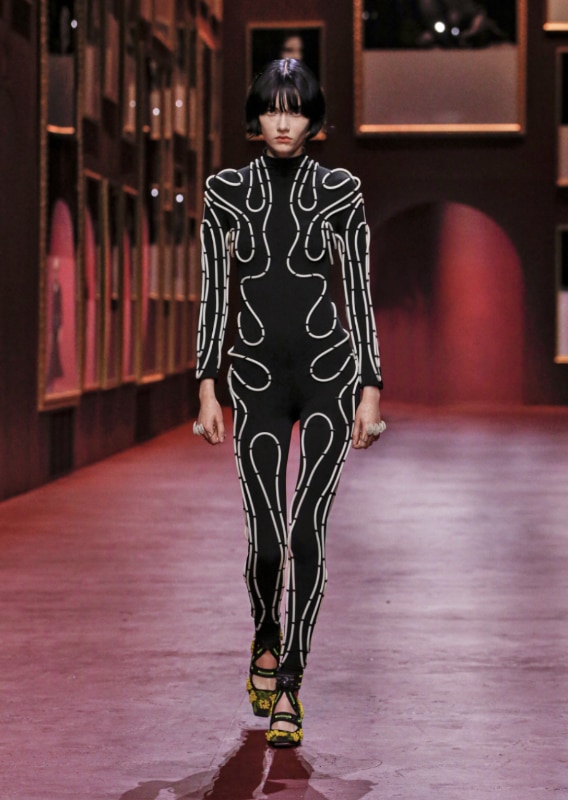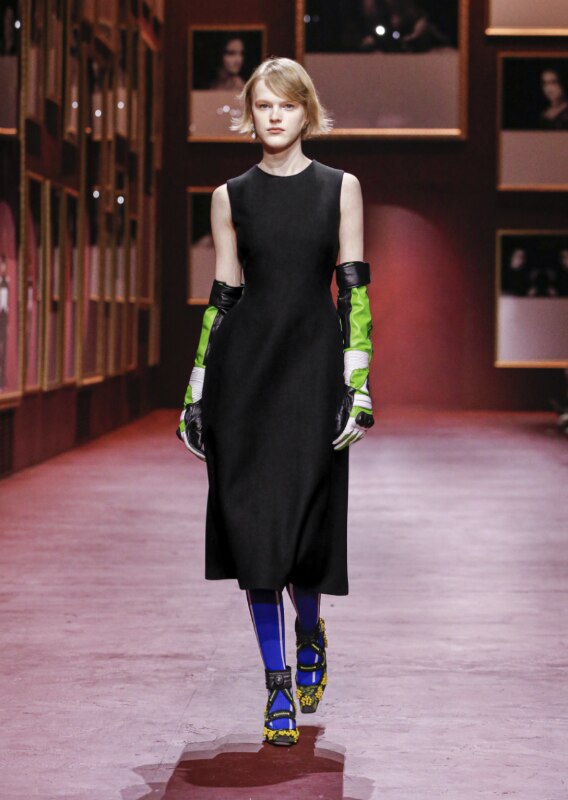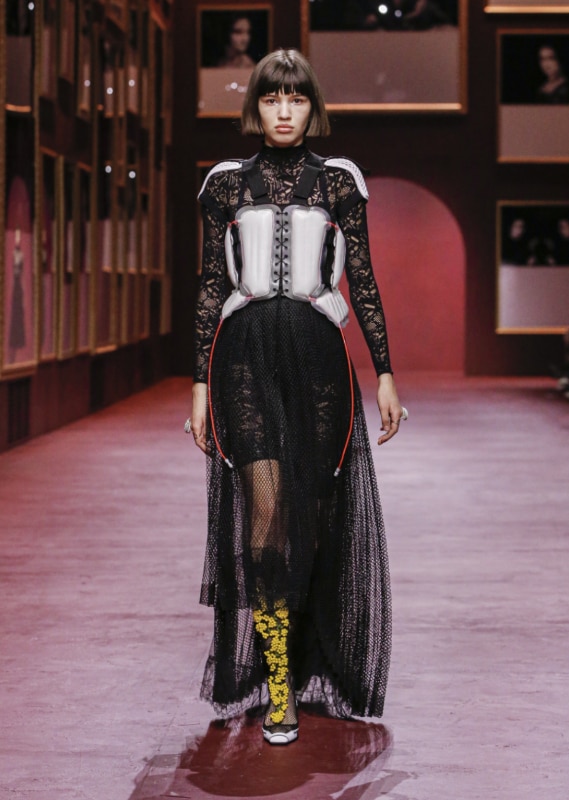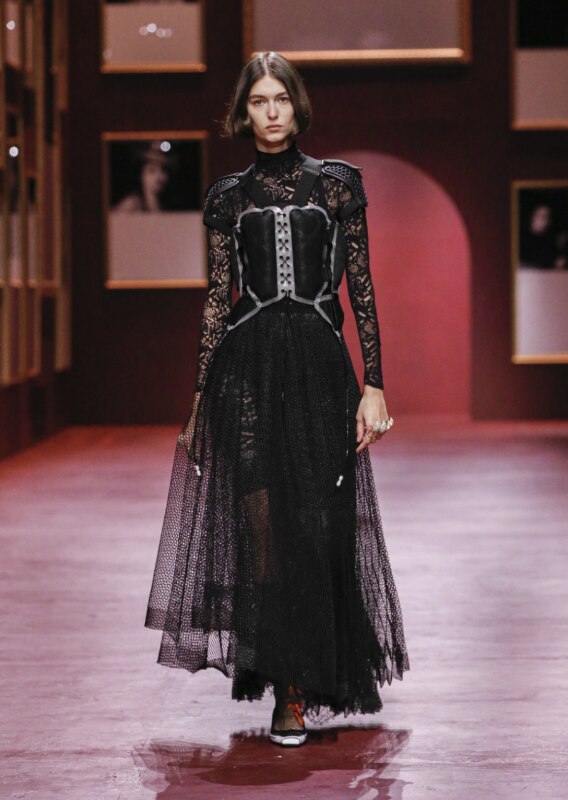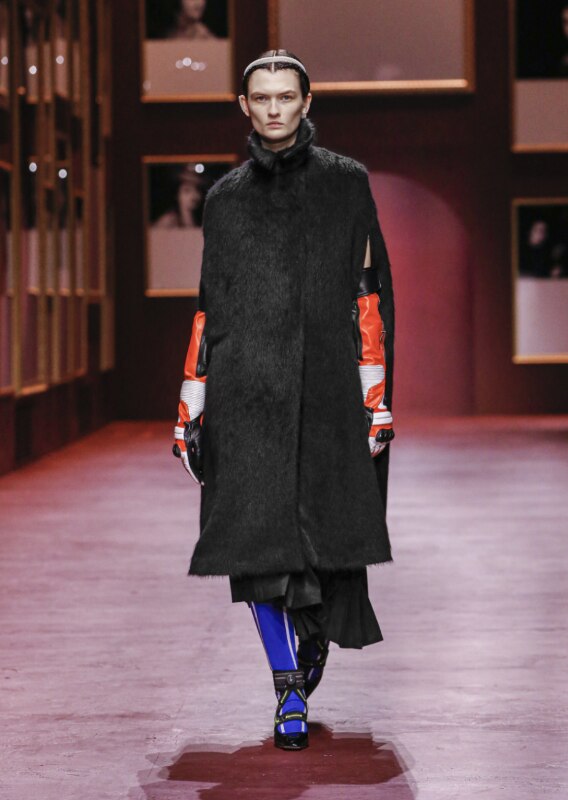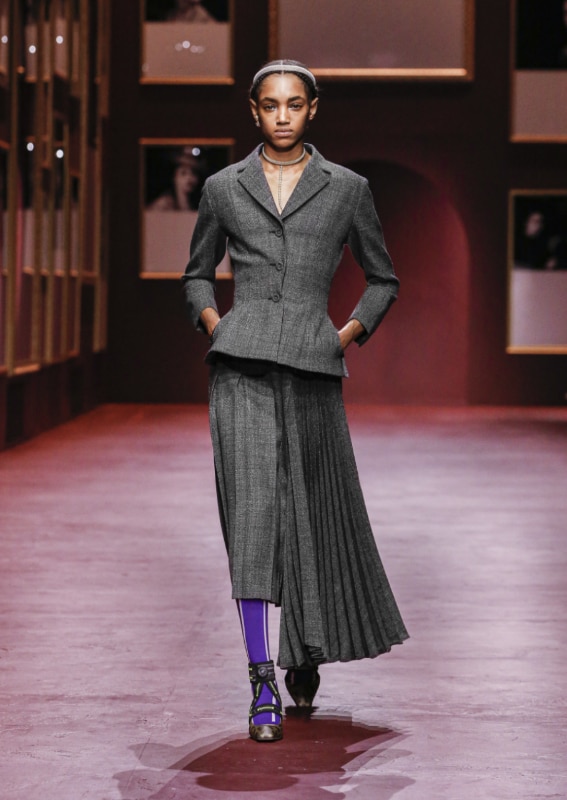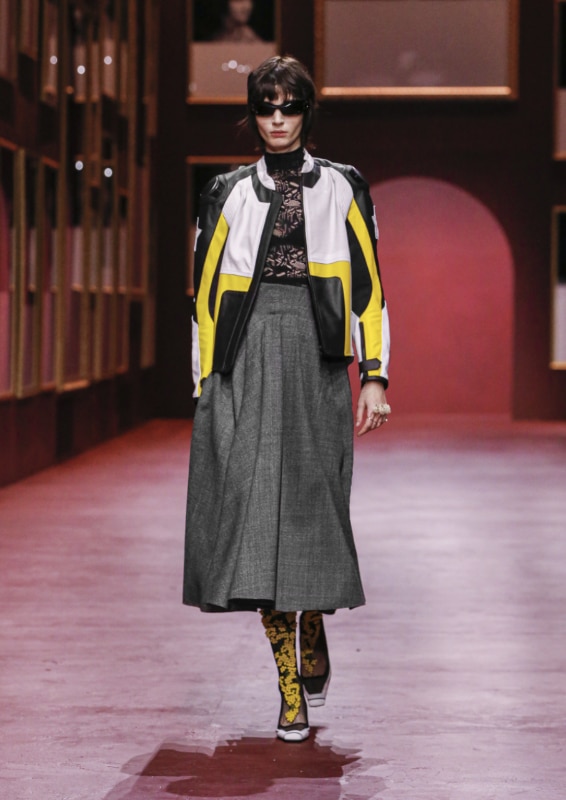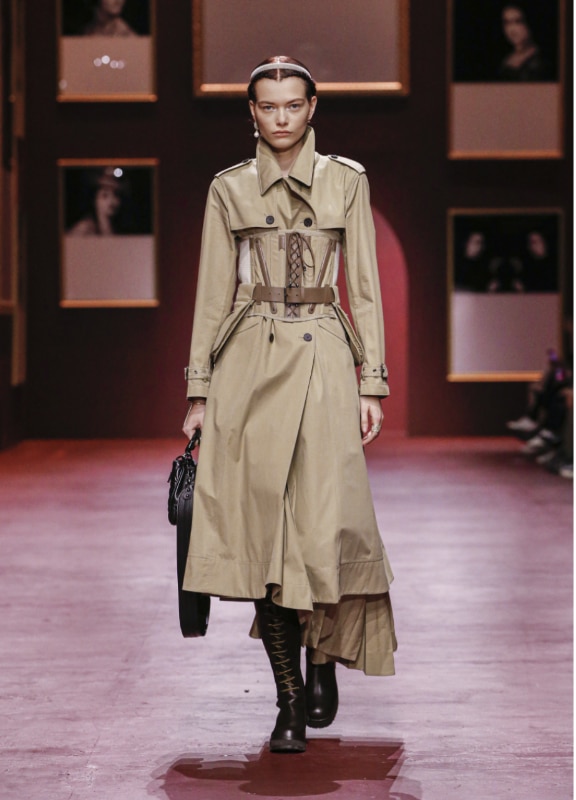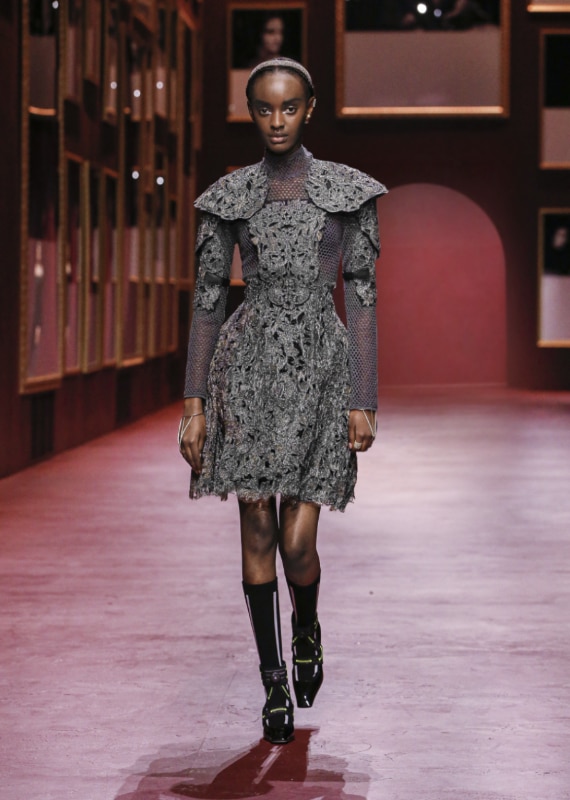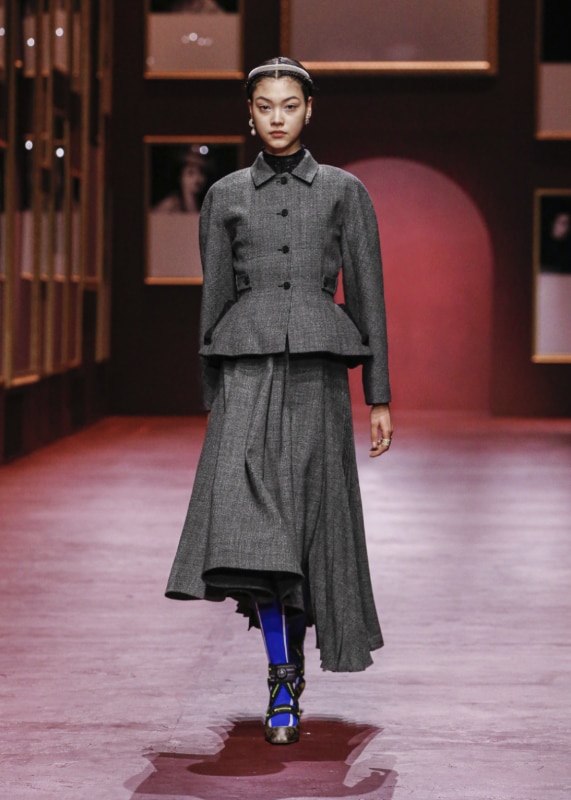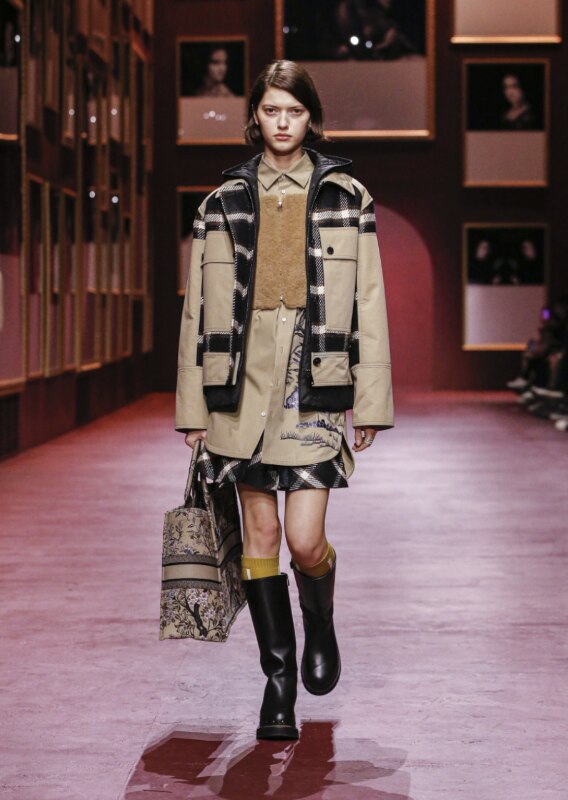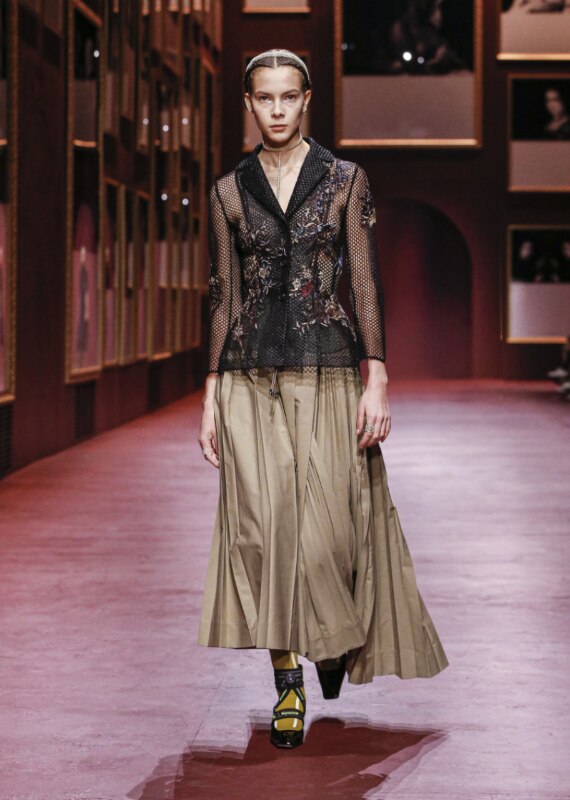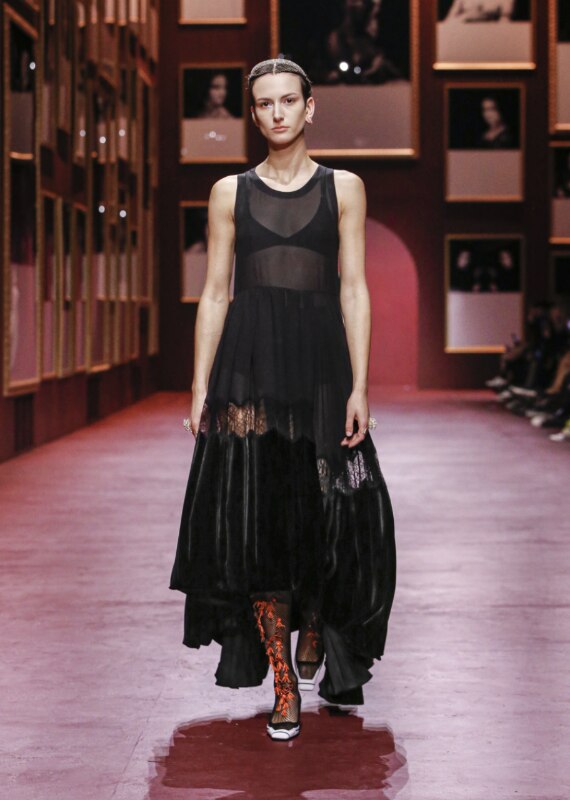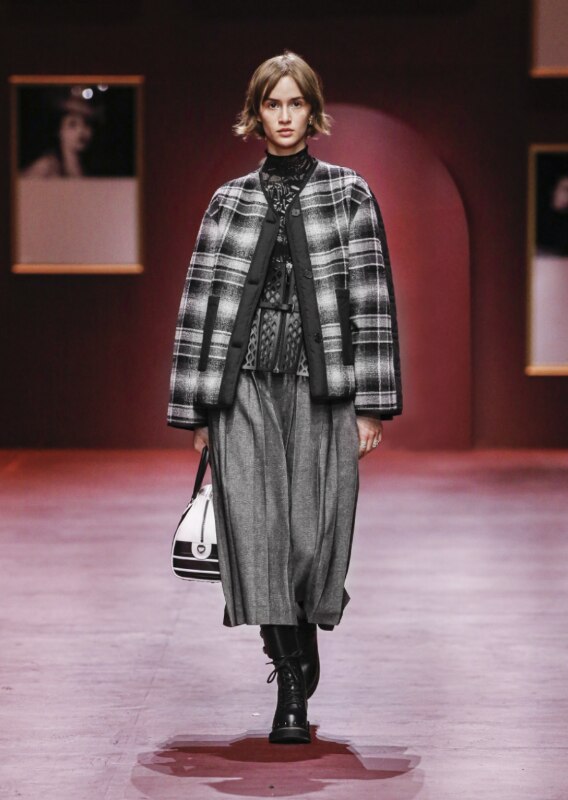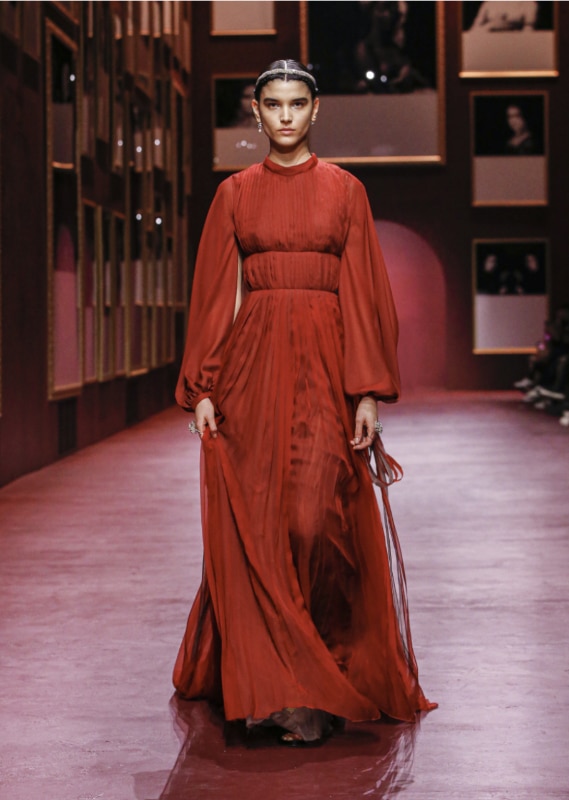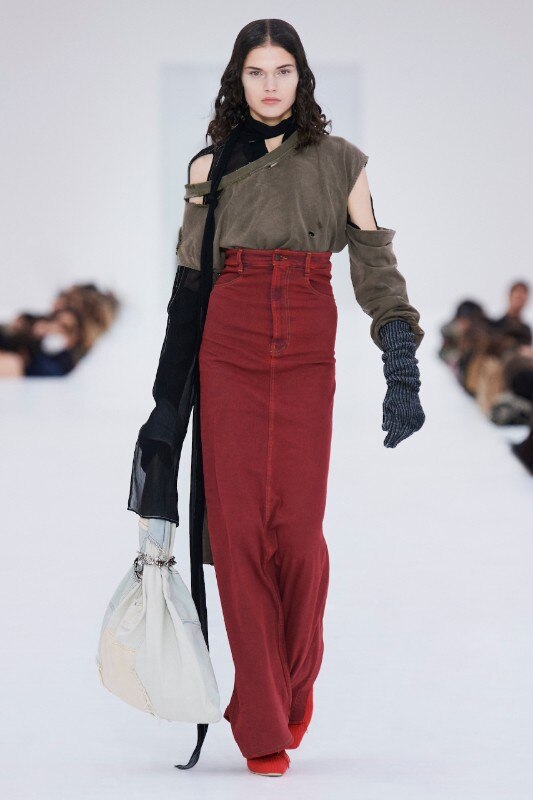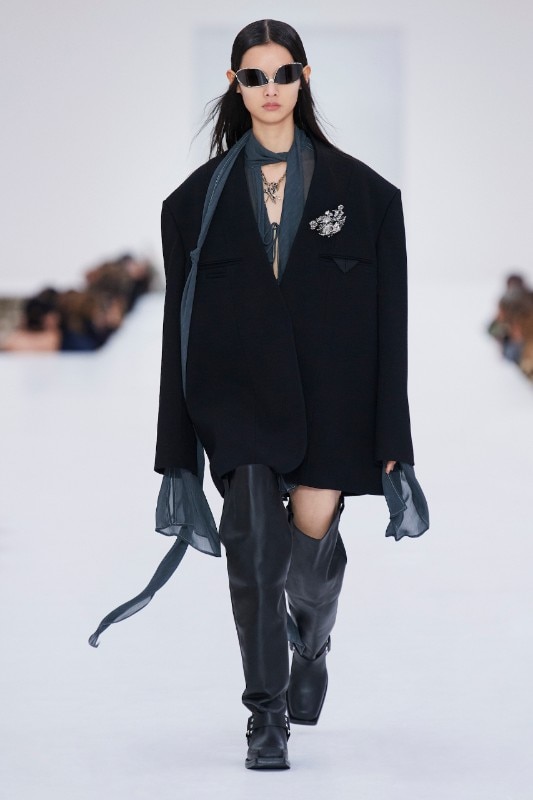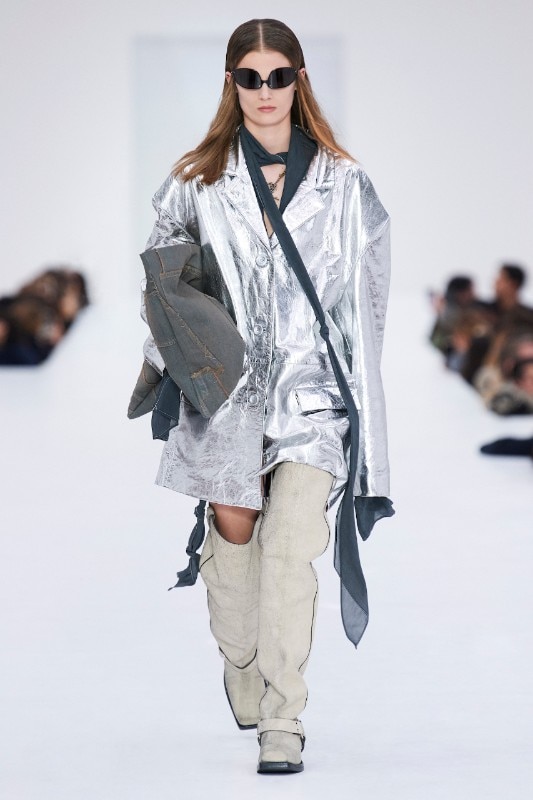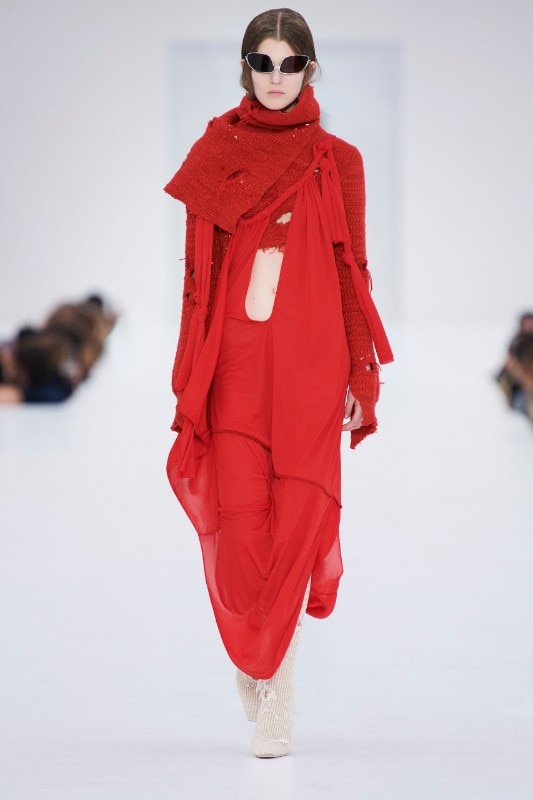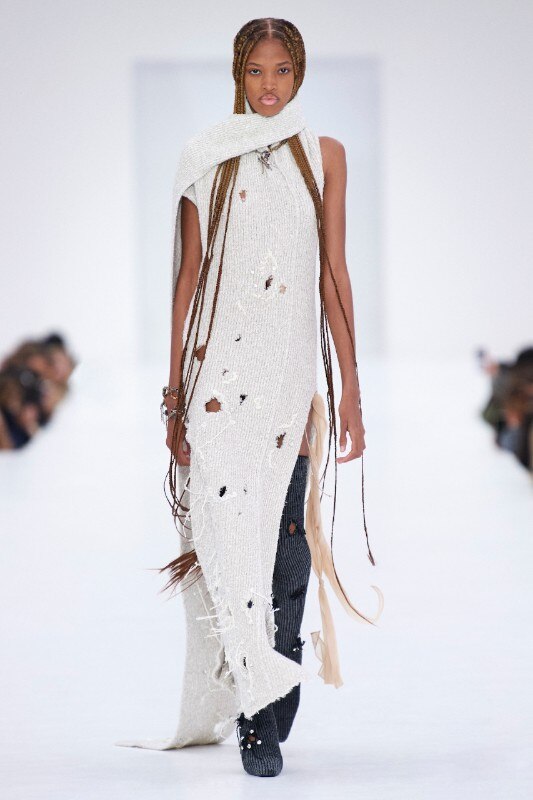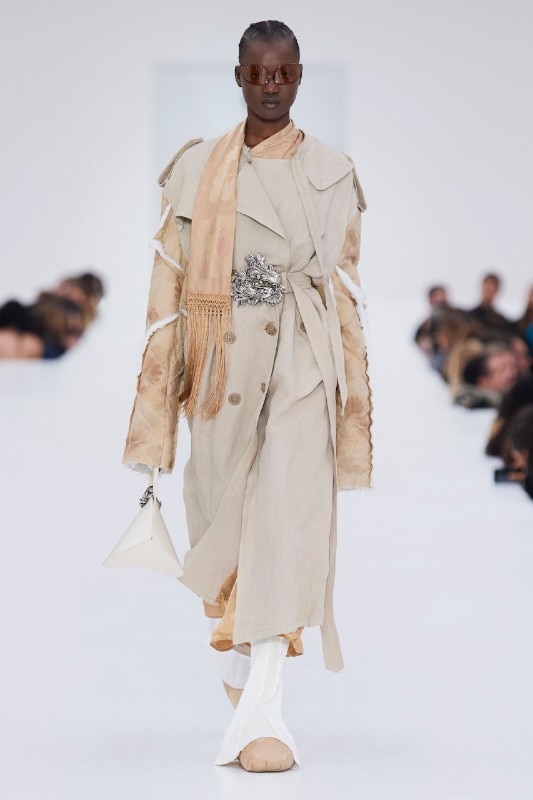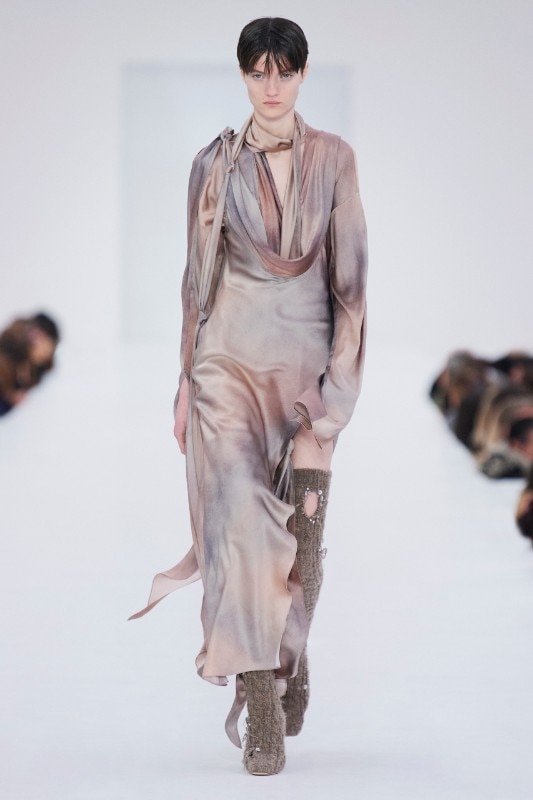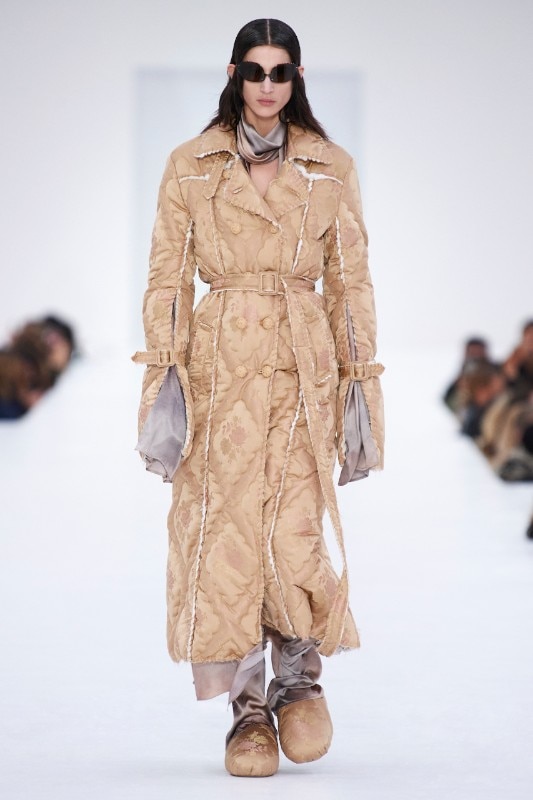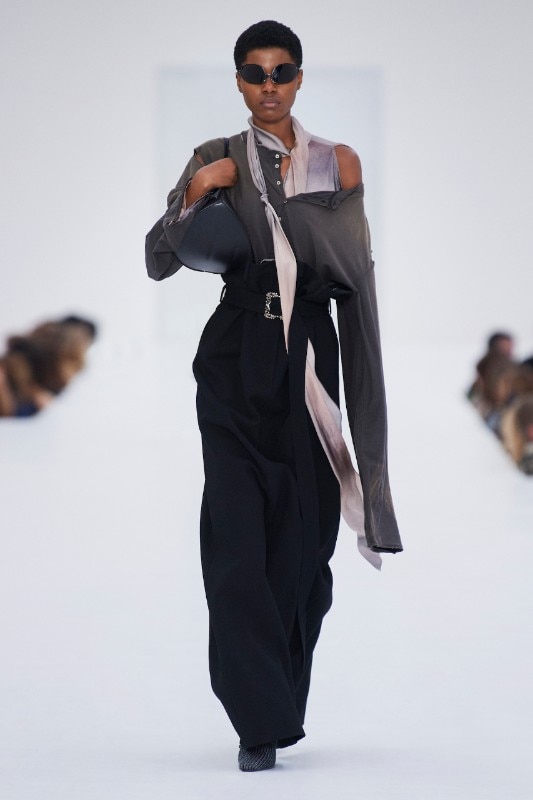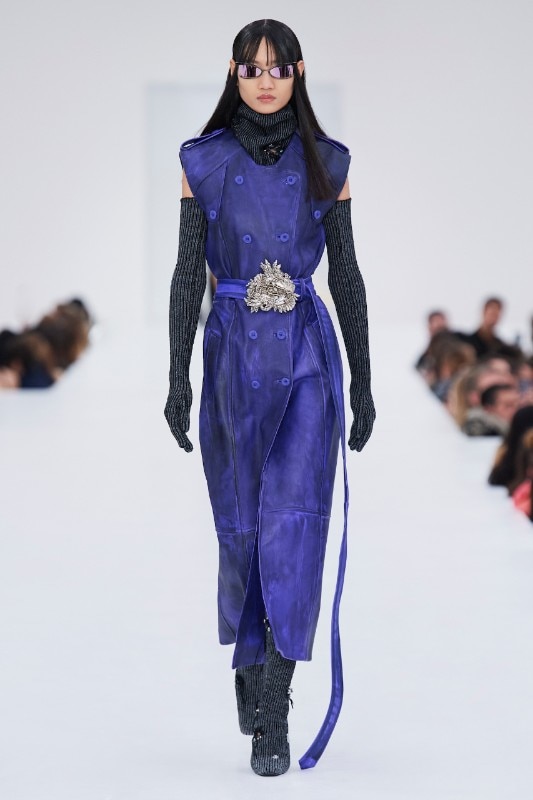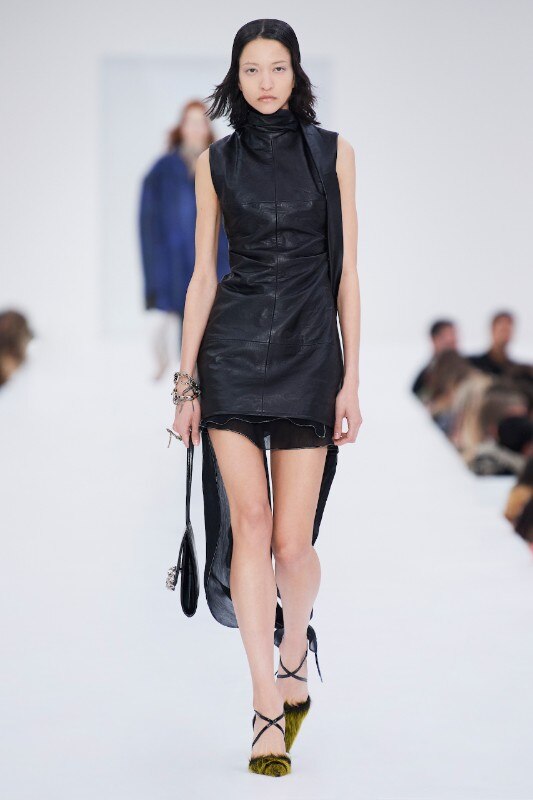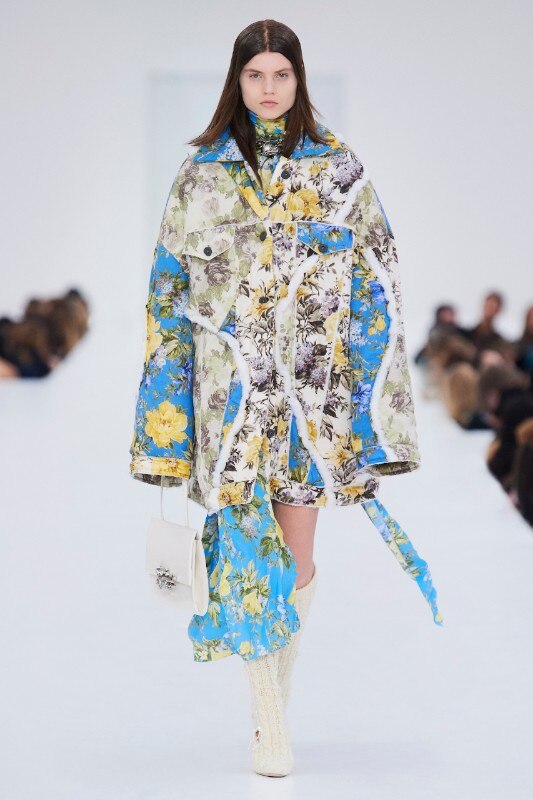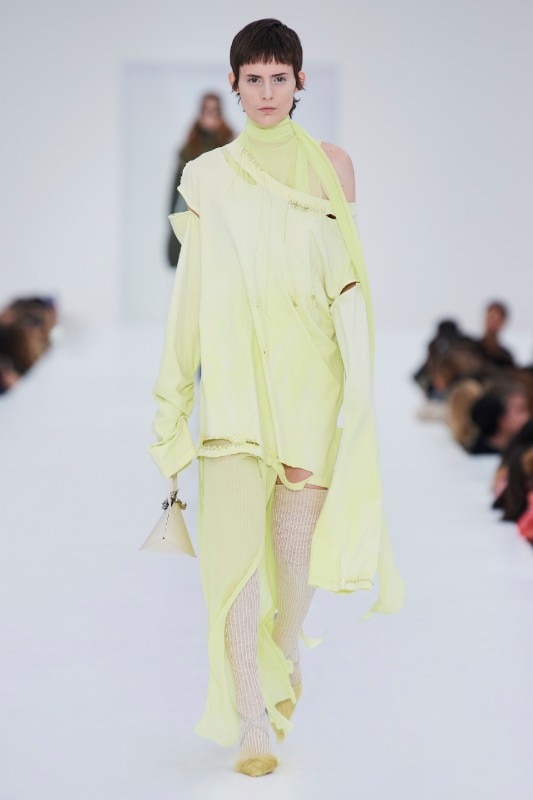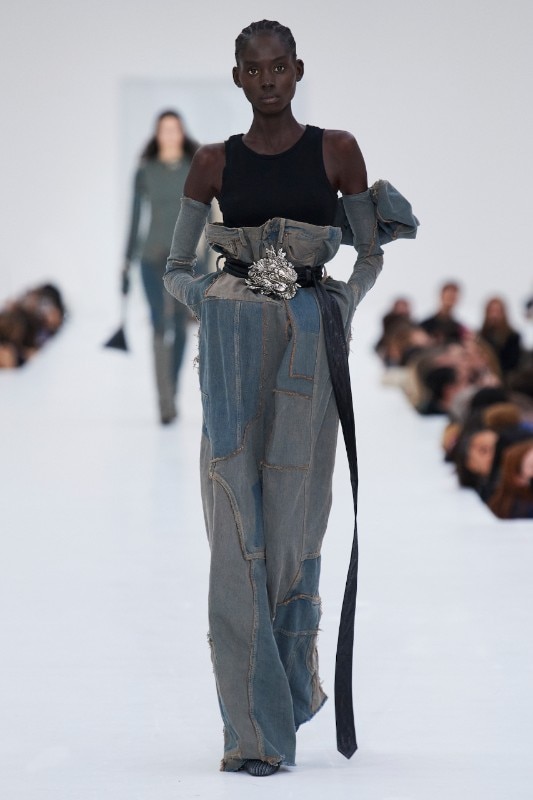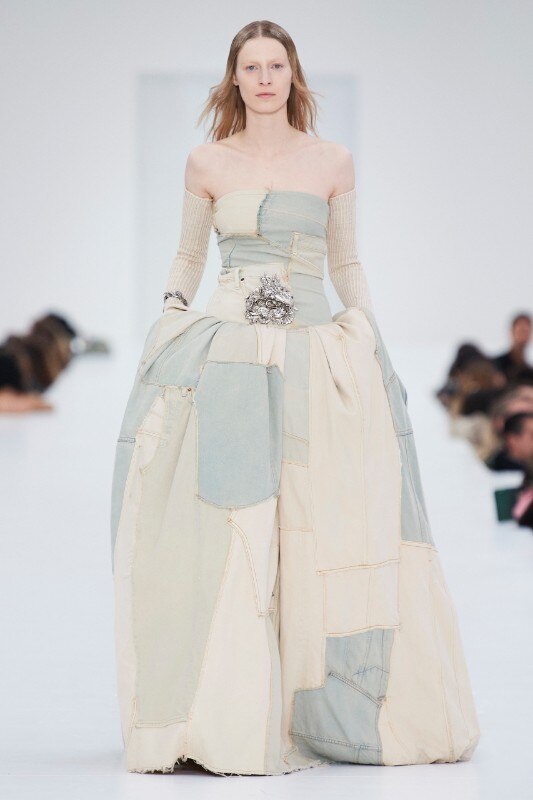After two years of intermittent reopening, the fashion week calendar is back in full swing. Milan witnessed the return of Gucci, back on the catwalk after a break, and Bottega Veneta’s first show under the artistic direction of Matthieu Blazy. But despite the anticipation and planning for such dense weeks, there was little point when Russian forces began their invasion of Ukraine in the middle of Milan week. Among the Ukrainian designers was Lilia Litkovskaya, who had prepared her show for the French capital before the invasion and fled Kyiv via Poland.
This created a major media disconnect between glittering catwalks and breaking news. Giorgio Armani changed his planned show at the last minute, then spent it in total silence, while Hungarian brand Nanushka announced its solidarity with its neighbouring country, working with the Order of Malta’s Hungarian Charity Service to provide accommodation, food, clothing, and transport to those entering Budapest.
Between unexpected revivals and artistic directions already confirmed, we present here a selection of the highlights of Milan and Paris Fashion Weeks F/W 2022.
Bottega Veneta
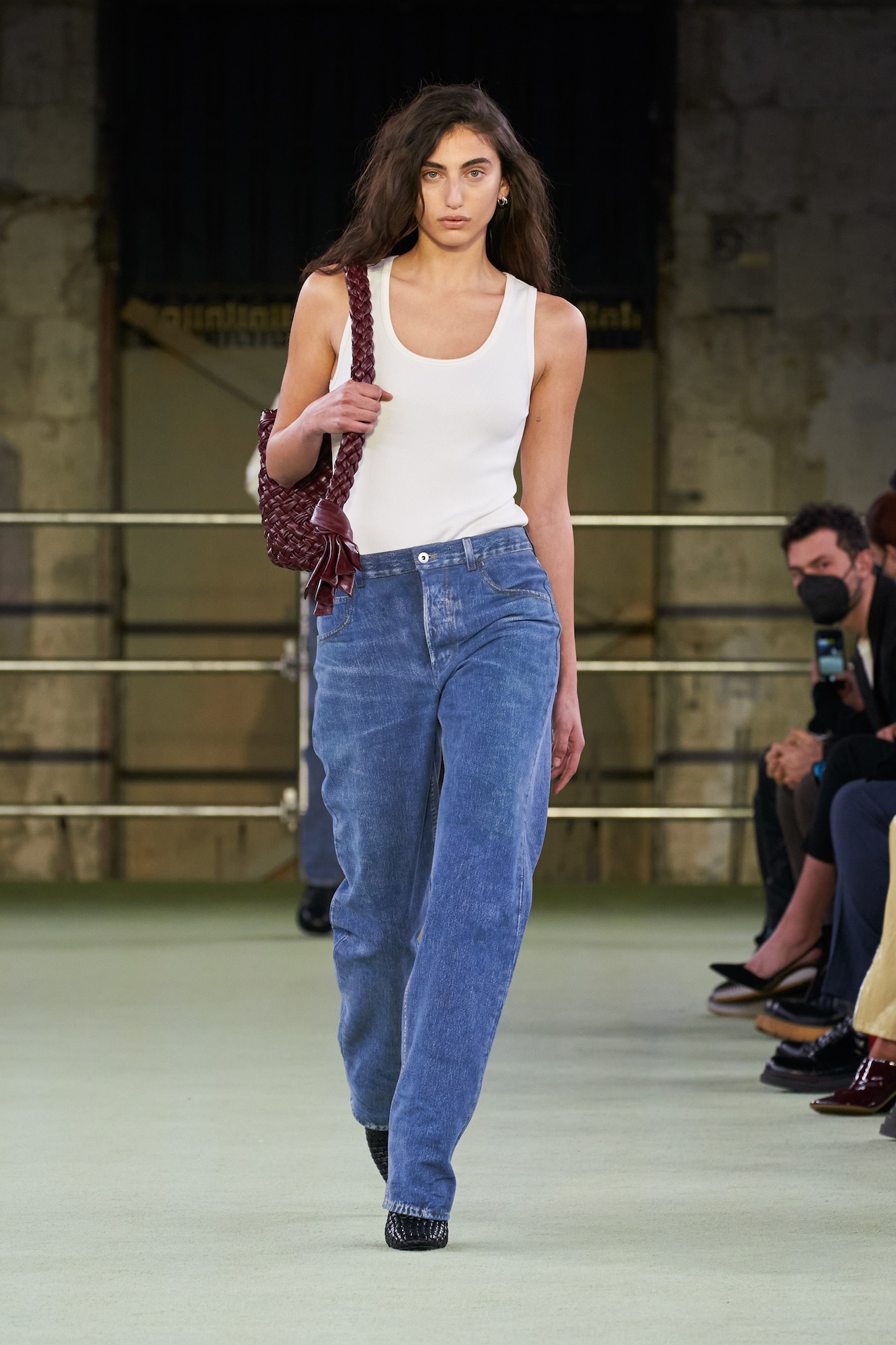
 View gallery
View gallery
One of the most eagerly awaited events of Milan week, Bottega Veneta presented not only the new collection but the debt to the direction of Matthieu Blazy. A line that speaks of movement and emotion: “Bottega Veneta is essentially pragmatic because it is a leather goods company. Because it specializes in bags, it’s about movement, about going somewhere”. In the handover with Daniel Lee, Blazy preferred not to alter the brand’s identity, yet we are faced with an updated wardrobe where the beauty and ingenuity of individual pieces prevail. From the every day, photorealistic denim (actually printed, flexible nubuck) with its Kalimero shoulder bag; to the girls with their work shirts (again in nubuck, made like traditional shirts) and their thigh-high woven boots, the collection is a plastic sequence of rigorous fabrics, all fresh and formulated for ultra-lightness. “An individual’s gestures count,” he explains at the end of the show, “in the end, it’s the wearer’s decision how to move and live in these clothes, how they will tell their stories through these pieces.”
Marni
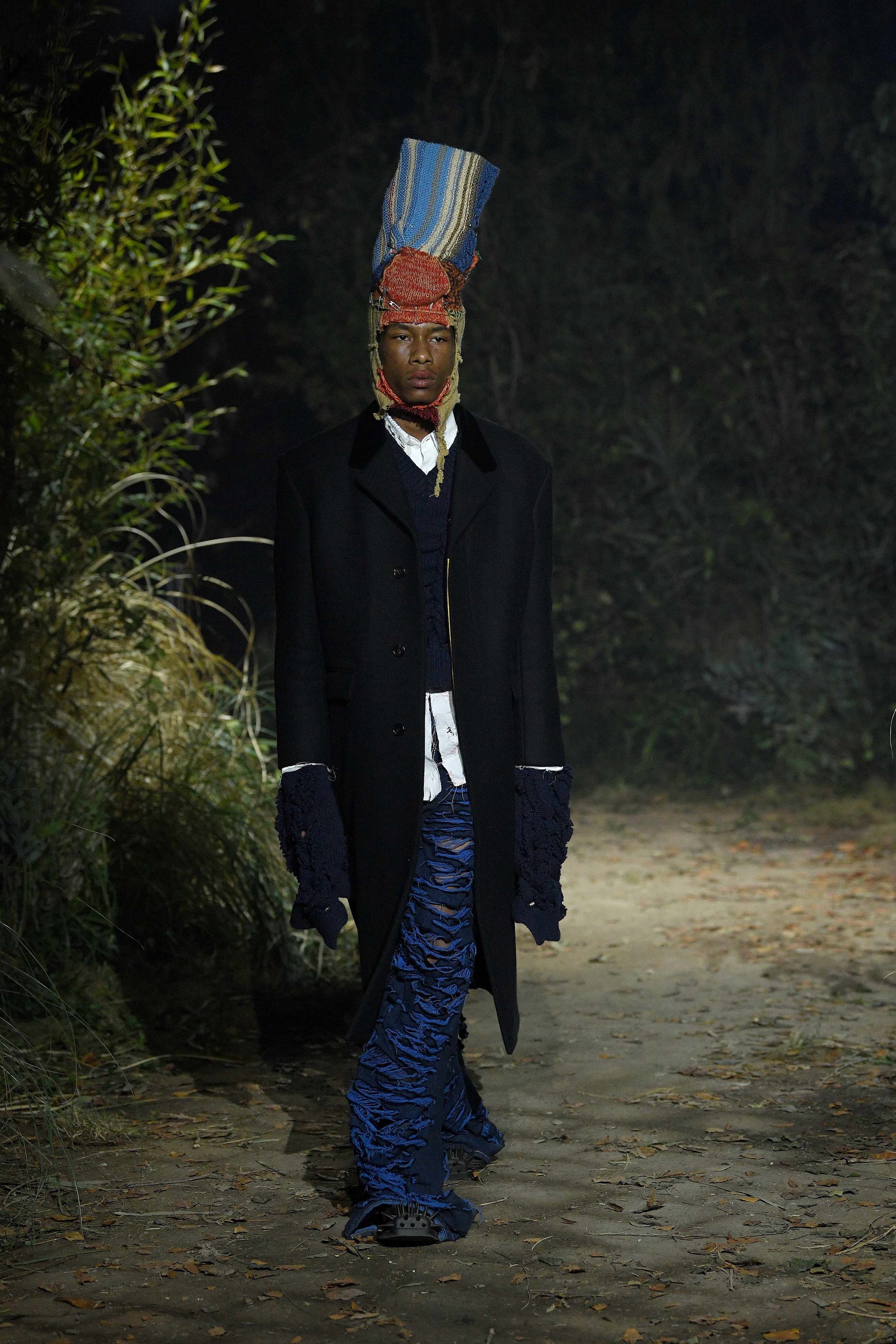
 View gallery
View gallery
Under the creative direction of Francesco Risso, Marni set the show in an abandoned warehouse in Milan’s Segnanino district, located in the northern part of the city. In industrial archaeology, Risso created a forest of bamboo, an immersive utopian atmosphere that served as a backdrop for the new clothes. The collection is about mixing old and unique, personal and shared, making the brand a manifesto for self-determination and body positivity. The well-groomed clothes are combined with objects that seem to have been stolen from a museum, in a mix where the practice of bricolage emerges: torn clothes, jumpers reconstructed out of proportion with infinite sleeves, decorations mended on the garments, assemblages of jewelry and creased garments repaired. “What do we need if not what needs us most?” wrote the creative director in a handwritten note to guests.
Blumarine
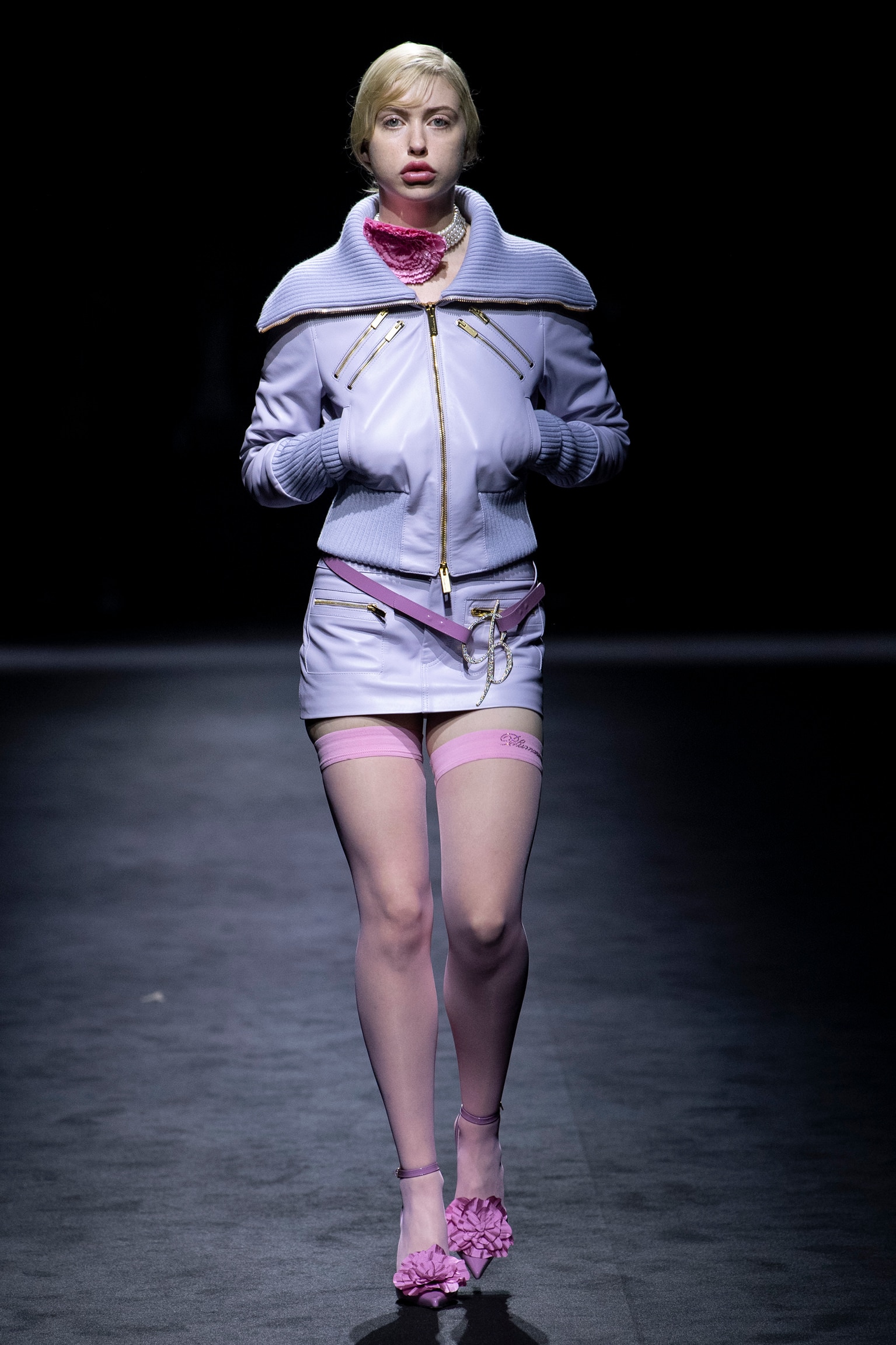
 View gallery
View gallery
Another eagerly awaited moment was the return to the catwalks of Blumarine, a 1990s revival headed by Nicola Brognano, who from 2019 is committed to rewriting the aesthetic codes of the brand under the banner of lightness and happiness. A collection that is a hymn to femininity, the garments look to the 2000s female pop music scene and to glam and flashy sex appeal. But everything is reinterpreted for the use and consumption of Generation Z. Jumpsuits are accessorized with diamond buckles, crop tops met handkerchief skirts, and satin shirts with built-in corsetry were worn with straight-leg jeans and heels embellished with corsets. “Growing in self-awareness, the Blumarine woman opens her world to an uncompromising sensuality, powerful and free from the preconception of physicality, leading to an awareness that seduction is first and foremost an attitude,” explains Brognano.
Loewe
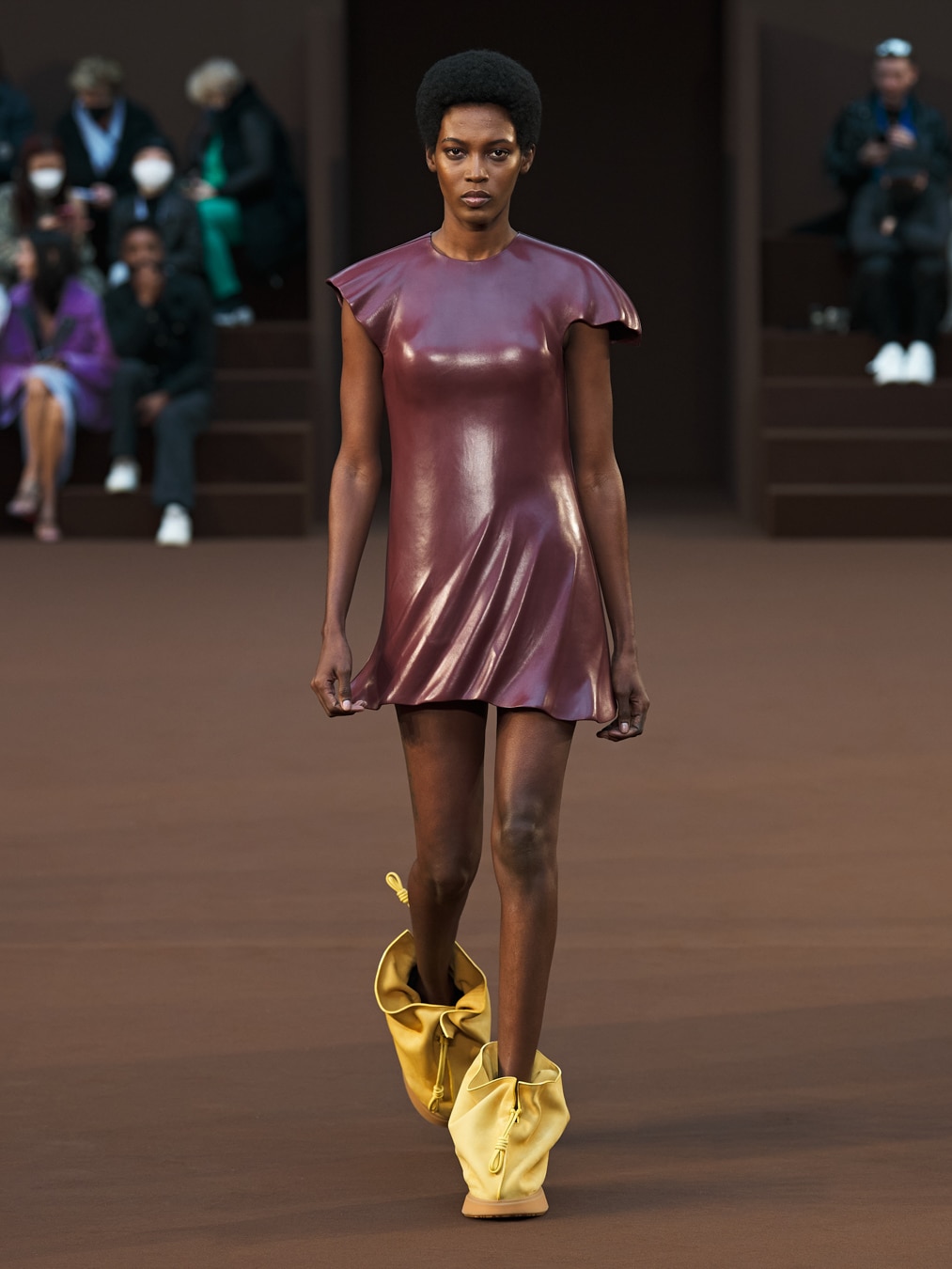
 View gallery
View gallery
Jonathan Anderson in the Loewe collection evokes the chaos of genesis, delving into primitive forms laid bare to reveal a touch of kink. Touch is solicited – leather, felt, latex, tweed, knit, 3D printed fibres, silk, resin – while movement is captured in becoming, by sculpture-objects caught in the action - leather shaped dresses, felt shaped corsets, dresses draped with lip-shaped corsets or balloon bras. Guests enter the venue through a monumental reproduction of Anthea Hamilton’s Aquarius, evoking a surrealist atmosphere. Consisting of a square arena covered in brown carpeting that alluded to the ground, the space displayed Giant Pumpkins, also by Hamilton, exact scale replicas of real giant pumpkins, typically grown for competition, made of leather and produced in collaboration with Loewe.
Dior
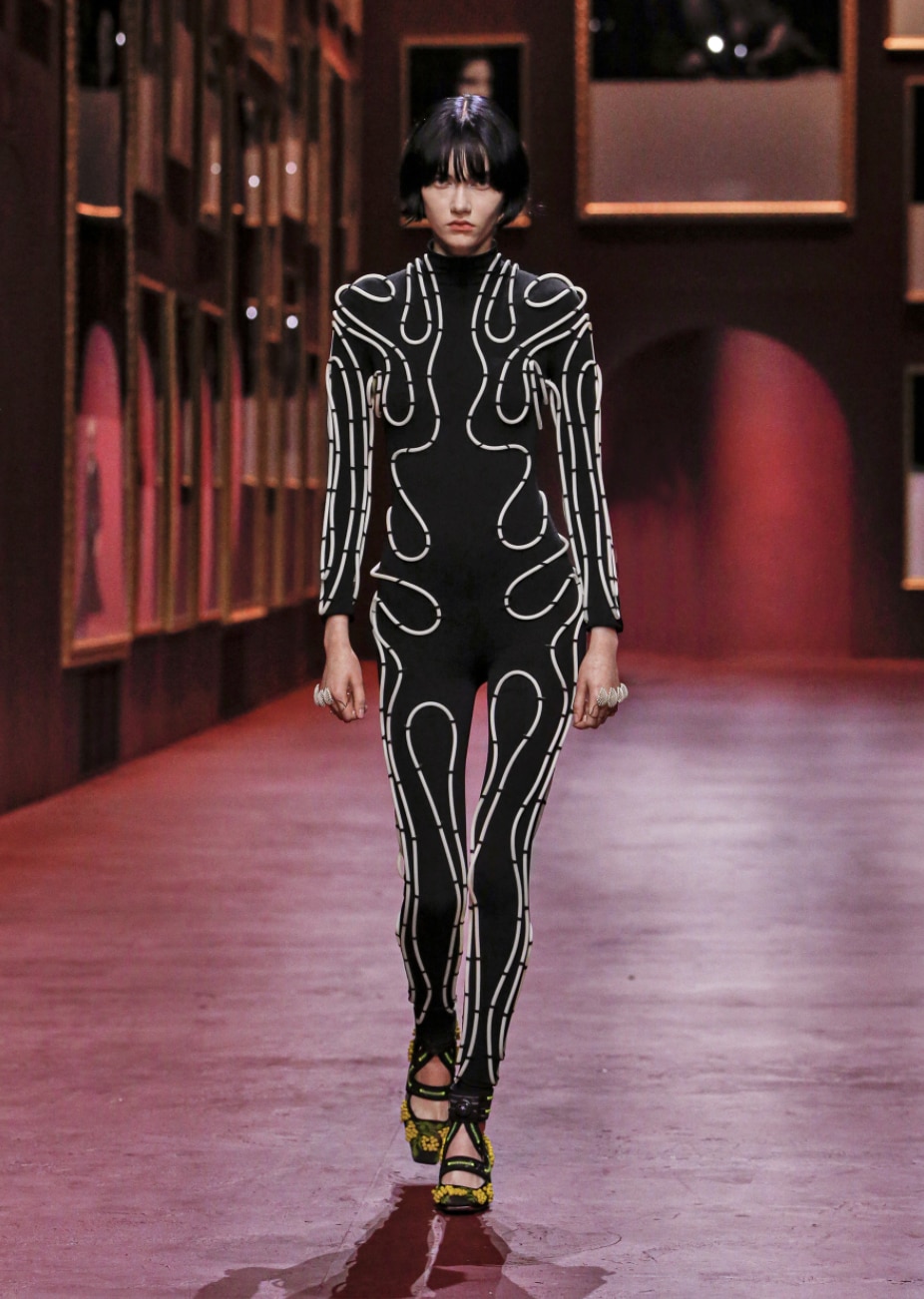
 View gallery
View gallery
Designed by Bureau Betak, Maria Grazia Chiuri’s collection was presented in a setting detailed by red velvet-lined walls and a series of eyes fixed on the audience. Chiuri often enlists female artists in her work, and this time we find ourselves faced with the female portraits of Italian artist Mariella Bettineschi. Her works take canonical female portraits from the 16th to 19th centuries - such as Jan Vermeer’s Girl with a Turban – and reimagine them with their eyes cut out and surreally duplicated. This translated into strong silhouettes for next season, which saw Dior’s Bar Jacket reworked and deconstructed into American football inspired corsets and layered over delicate lace dresses and trench coats. Vivid motocross gloves were paired with capes, voluminous skirts and shirt dresses, cycling jackets, and overalls were juxtaposed with feminine floral prints.
Acne
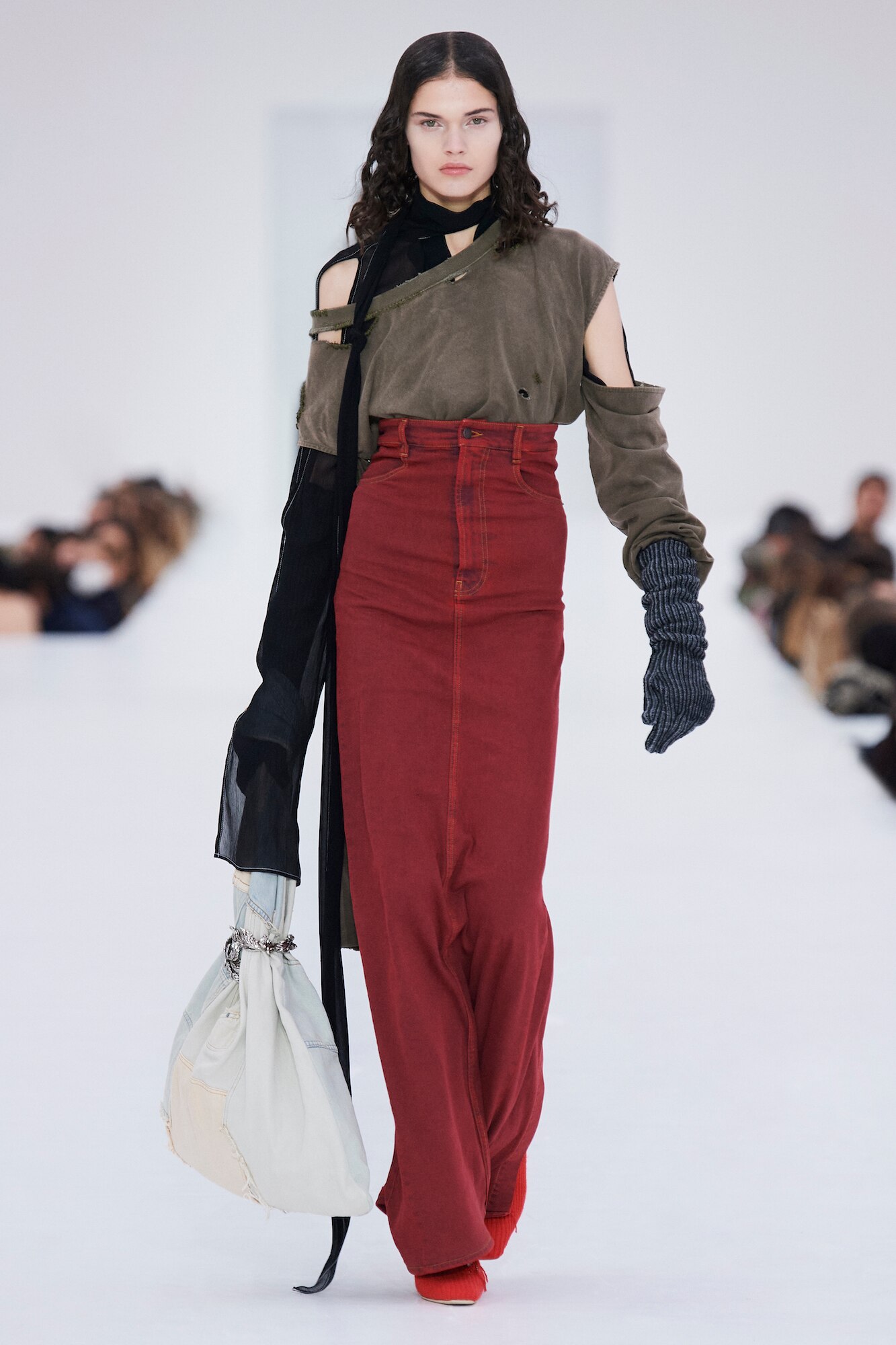
 View gallery
View gallery
Acne Studios brought a sense of comfort to its show space for the show. At the Lycée Carnot – the renowned French educational institution on boulevard Malesherbes in the 17th arrondissement – , the brand lined the floor of its minimalist set, from the optic white walls to the recessed, lounge-like spaces to accommodate its audience, with faux fur. From these recessed halls, the public watched a collection that stands out for its craftsmanship, layered silhouettes, denim, floral brocade, and metallic colours, in a juxtaposition that combines ready-to-wear fabrics with furnishing materials such as jacquard and foam used in upholstery. Fur that will be reused in future collections and donated to the Paris fashion school Studio Berçot.


